[Top-selling item] Jerry Garcia Grateful Dead Christmas Bears Christmas Kniting Pattern Jersey Bomber Jacket
$59.99
“
- See more SAME ITEMS ✔ IN HERE
- Or get new items ✔ Click here
- Homepage: FULLPRINTINGTEESHIRT STORE
- The product will be printed based on the pattern on the mockup
- Scroll down to the Description to see the size chart more clearly
- Please check your SIZE CHART carefully before ordering
- There might be a 2-3% difference according to manual measurement.
- Please note that a slight color difference should be acceptable due to the light and screen.
- Choose DHL/FEDEX to ship Faster.
“
More From Jacket
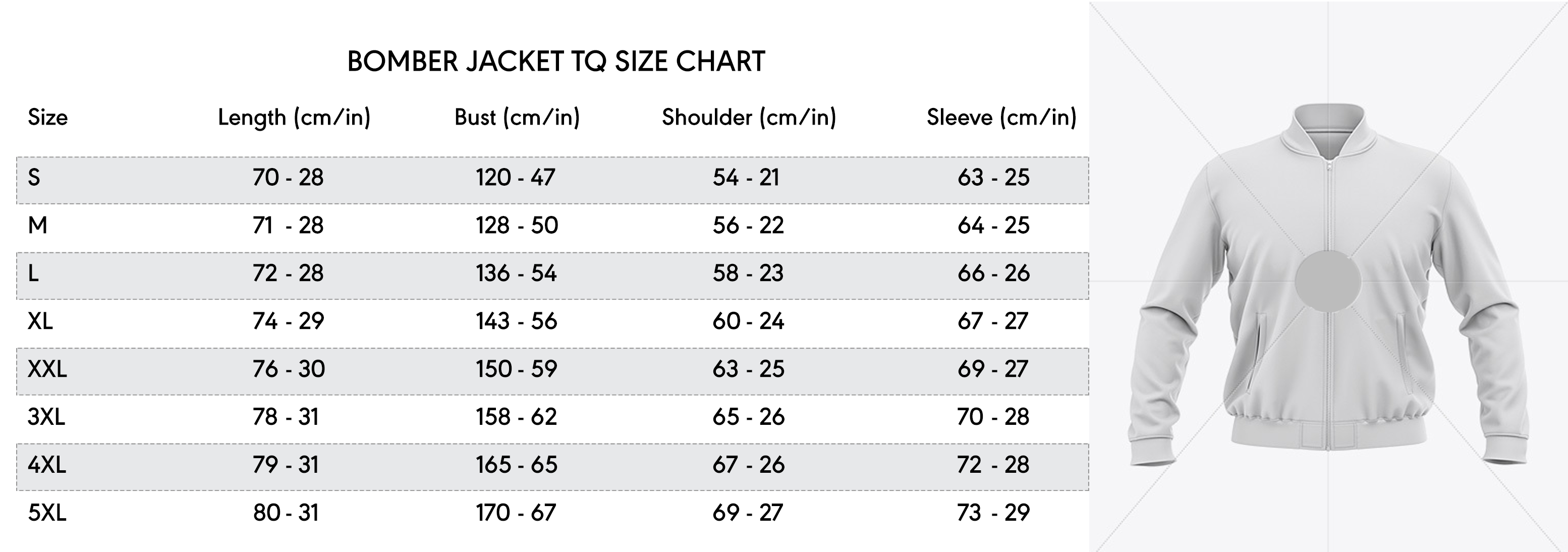
Some details about [Top-selling item] Jerry Garcia Grateful Dead Christmas Bears Christmas Kniting Pattern Jersey Bomber Jacket
KEY FEATURES:
- This light-weight bomber jacket with a high collar, full-zip front, and side seam pockets works as a finishing touch to a stylish cool-weather look
- Suitable for: Outdoor, Casual, Sportwear, Working, Daily life, Hiking, Clubwear, Sports, Spring, Fall, or other outdoor activities.
- Suitable for special occasions such as Christmas, birthdays, celebrations, and housewarming gifts.
PRODUCT INFORMATION:
- Shell – oxford, inside – Silk floss
- Skin thread, collar, cuff: Warm and windproof, comfortable and healthy
- Sturdy and durable zipper: Quality guarantee, durable chain teeth
- Handy pocket: Security, storage items
- Seamless whole-body threaded knit cuffs, Fit comfortably
- PRINT: Dye-sublimation printing
- WASHABLE: Machine wash cold, only non-chlorine bleach when needed, hang dry, cool iron on the reverse side or dry clean
- PRODUCTION TIME: 3-6 Business Days
Note: [Top-selling item] Jerry Garcia Grateful Dead Christmas Bears Christmas Kniting Pattern Jersey Bomber Jacket
– Since the size is manually measured, please allow a slight dimension difference from 1-3 cm.
– Due to the different monitor and light effect, the actual color of the item might be slightly different from the visual pictures.
CUSTOMER SATISFACTION IS OUR HIGHEST PRIORITY. IF YOU ARE NOT SATISFIED, PLEASE CONTACT US TO SOLVE THE PROBLEM. WE WISH YOU HAVE A GOOD SHOPPING EXPERIENCE HERE.
Then came Top Gun in 1986, featuring Tom Cruise in an iconic G-1 flight jacket that would go down in film and fashion history. The rising popularity of the men’s bomber jacket drew the attention of even high-end fashion designers, and it quickly became a catwalk fixture. Raf Simons’ “Riot Riot Riot,” a tribute to the rebellious origins of military-inspired street style, included bomber jackets in his Fall/Winter 2001 collection. Following that, the bomber appeared in high-fashion collections by Helmut Lang, Rick Owens, and a slew of other designers.
THE COMPLETE HISTORY OF THE BOMBER JACKET – [Top-selling item] Jerry Garcia Grateful Dead Christmas Bears Christmas Kniting Pattern Jersey Bomber Jacket
Aerial bombing was a prevalent military strategy in World War I, particularly in Europe, leading to the construction of bomber aircraft and the training of fighter pilots – known as “aces” – to carry out strategic bombing missions. Leather and fur, both very insulating materials, were used in the first pilot bomber jackets, which were well-suited to the chilly, open-air cockpits of WWI bomber planes.
The bomber jacket, as we know it now, was named after these planes and their pilots. The first conventional flight jacket, the type A-1, was produced by the US Army in 1927. The A-1 was made of horsehide, sheepskin, or goatskin leather, and had a knit waistband and cuffs for increased insulation.
It also has flap pockets and a button fastening. In the 1930s, the A-1 was replaced by the A-2, which had a fold-down collar and replaced the buttons with a more secure zip closing, creating a vintage and instantly recognised silhouette. During World War II, advancements in technology permitted planes to fly faster and at higher altitudes, necessitating the use of even warmer pilot coats.
The B-3, shown above, was one of these low-temperature variants, featuring thick shearling on the inside. Models of flight jackets become increasingly inventive in terms of both style and materials. The B-15 flight jacket was first developed in the 1940s, with wool-knit cuffs and a nylon or cotton-rayon blend outer shell.
It also included a mouton fur collar and oxygen mask straps, both of which didn’t make it into later iterations, as well as a sleeve pen pocket, which did. The MA-1 flight jacket was first designed in 1948 by Dobbs Industries (Alpha Industries’ precursor) and introduced to the US military in 1949.
It had updated features such as a wool knit collar to replace the B-15’s fur, as well as high-quality nylon and polyester. This made it possible to create a lighter jacket that could be worn in warmer weather. Despite its original midnight blue colour, the MA-1 was primarily produced in sage green (or olive) during the Korean and Vietnam wars.
The olive bomber jackets provided better ground camouflage than the navy bomber jackets previously worn. The vivid orange lining, which has since become a hallmark aspect of women’s bomber jackets, first debuted in the MA-1’s design. Its purpose was to make pilots more visible in the case of a plane crash, allowing them to reverse their jackets and be discovered more readily by rescue crews.
During the 1950s and 1960s, the war raged on, and surplus military apparel found its way into civilian hands. The bomber jacket was popular among the mods and working-class “skinheads” in the United Kingdom, who were known for their shaven heads and strong, hyper-masculine look of heavy labour boots mixed with military garb.
This look was quickly adopted by the LGBTQ community, and the bomber jacket quickly gained popularity as a fashion statement. Simultaneously, Japan’s post-WWII cultural voice was emerging, with an unavoidable American influence. American soldiers stationed in Japan started a habit of having their bomber jackets hand-stitched with Japanese art and bringing them home as souvenirs.
As a symbol of dissent, these “souvenir jackets,” or sukajan, resurfaced as a fashion standard among the ’60s young counterculture. Hip hop, a revolutionary cultural movement of new music, art, and fashion, exploded in the 1970s and 1980s in the United States. Hip hop musicians were spotted in fatigues, heavy boots, camo prints, and, of course, bomber jackets, as military garb became true streetwear.
The adoption of military clothes was more than simply an aesthetic; it embodied the mentality of the streets from which hip hop sprang, encapsulating the strong, rough attitude that urban black communities adopted in reaction to decades of socio-economic struggle.
They considered themselves as fighting their own battle in the streets, and hip hop dress mirrored this. In the 1980s, Alpha Industries began making jackets for the commercial market in between military contracts, allowing the company to significantly develop its brand and commercial operations.
One design feature received a little but substantial adjustment during the shift from military to commercial dress. When the bomber’s conventional wool knit collar was discovered to be vulnerable to moths and other insects when stored in a house closet, the wool was replaced with acrylic or a wool/acrylic blend to better adapt for civilian use.
Throughout the 1970s, 1980s, and 1990s, the bomber jacket quickly became ingrained in pop culture, as proven not only by its prevalence in various subcultures but also by its appearance in the media. Actor Steve McQueen famously wore a traditional-style MA-1 jacket in sage green in the 1980 film The Hunter, even showing off its brilliant orange lining in the film’s climax sequence.
Connect us at:
Homepage: Fullprintingteeshirt Store
Only logged in customers who have purchased this product may leave a review.
1. Choose style, color and size. The above atributes are always available and suitable for the design, please do not hesitate to choose your favorite product. Please see our Size chart to make sure the size is right for you. See details of our product information on our Product information page.
2. Click Add to cart. Tip: Buying 2 or more products significantly reduces delivery costs.
3. Go to the checkout page. Fill out the order information and proceed with payment.
4. The system will send a confirmation email when the order is complete.
Note: 1. You can only change the order information within 4 hours of placing an order successfully. 2. Currently, due to the coronavirus pandemic, it takes us about 7-21 business days to ship product. 3. If you receive a defective product due to printing or shipping, please contact us to get a new replacement product for free.
If you have any questions, please chat with us or contact us via [email protected]. Your satisfaction is our happiness. Thank you for trusting and shopping with us!



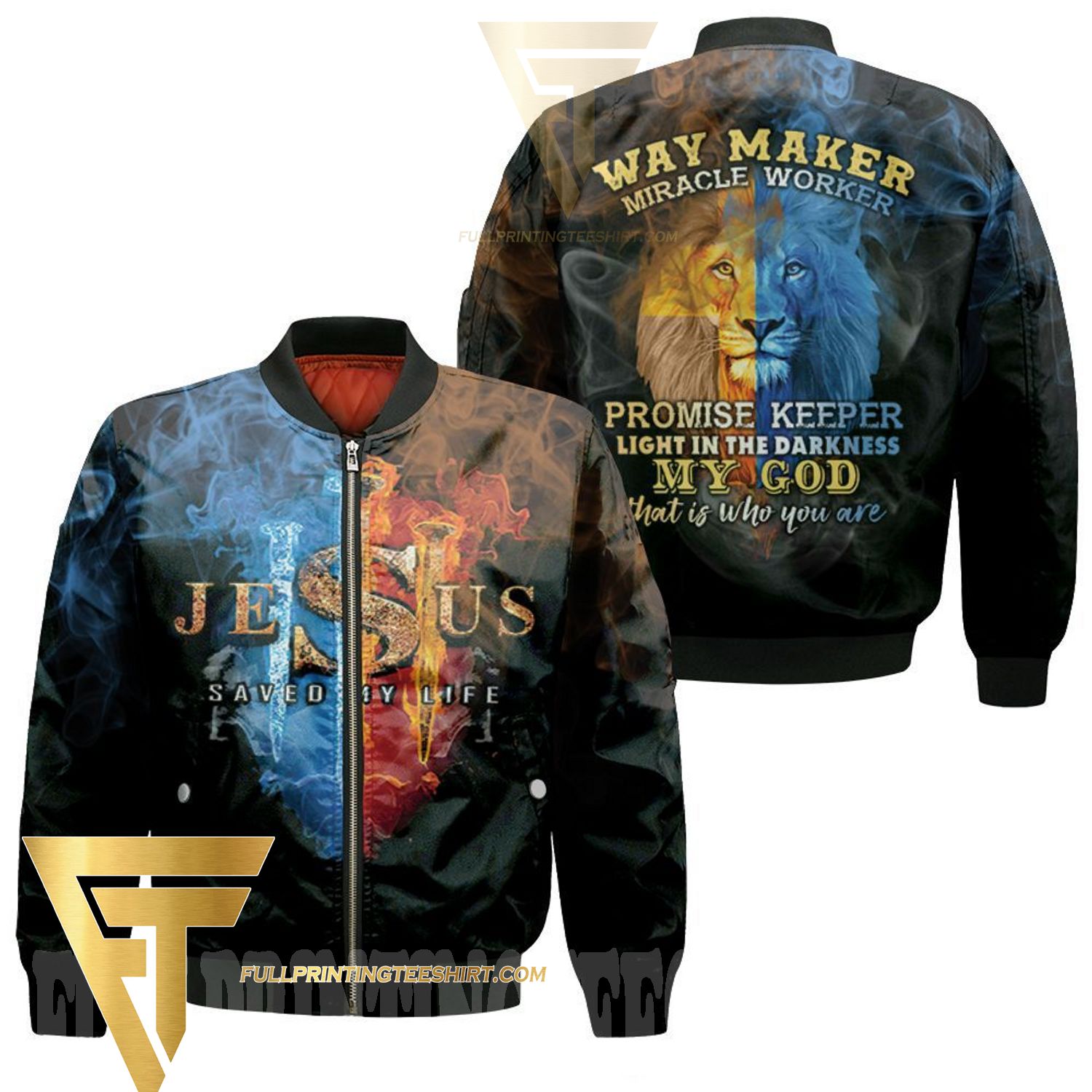
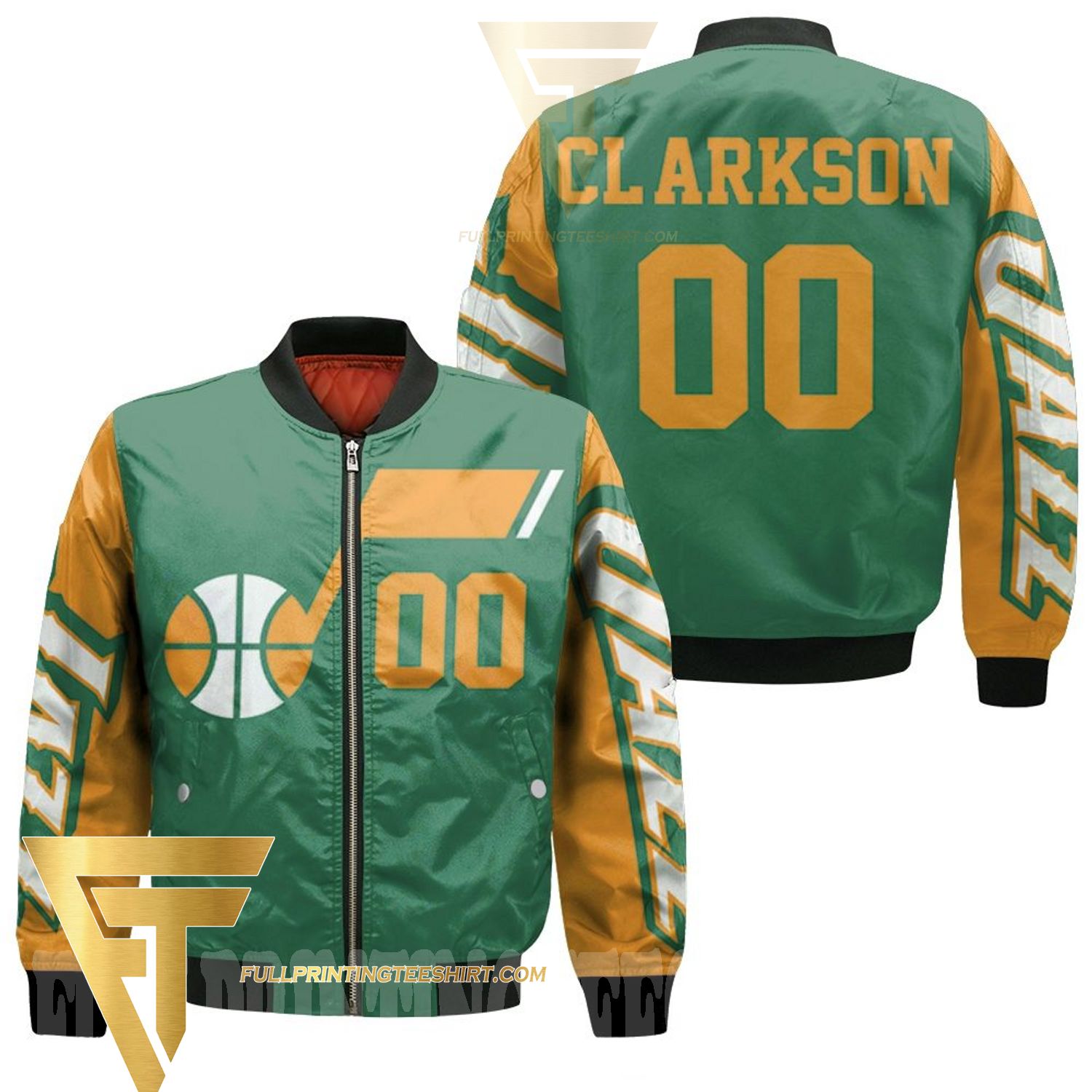

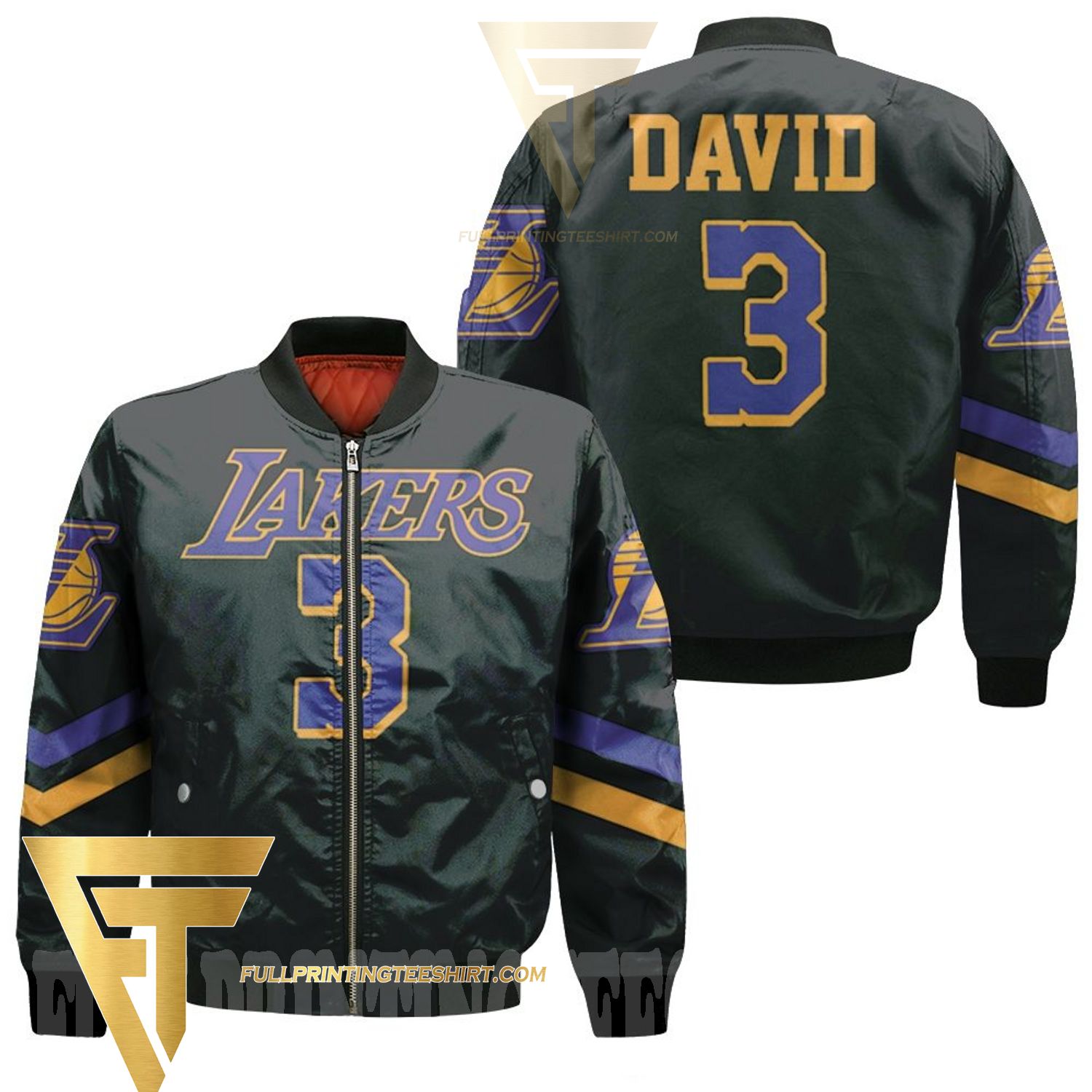
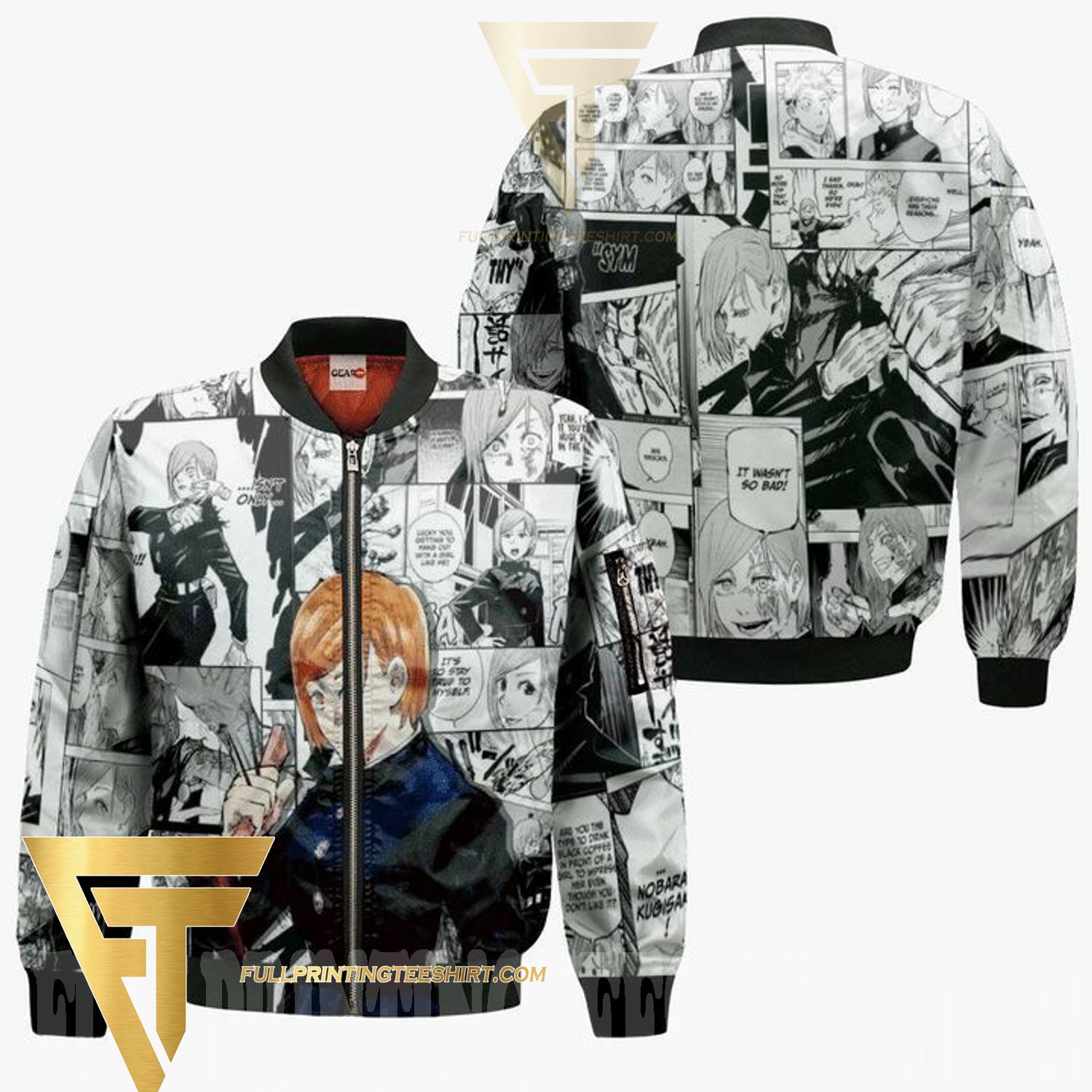

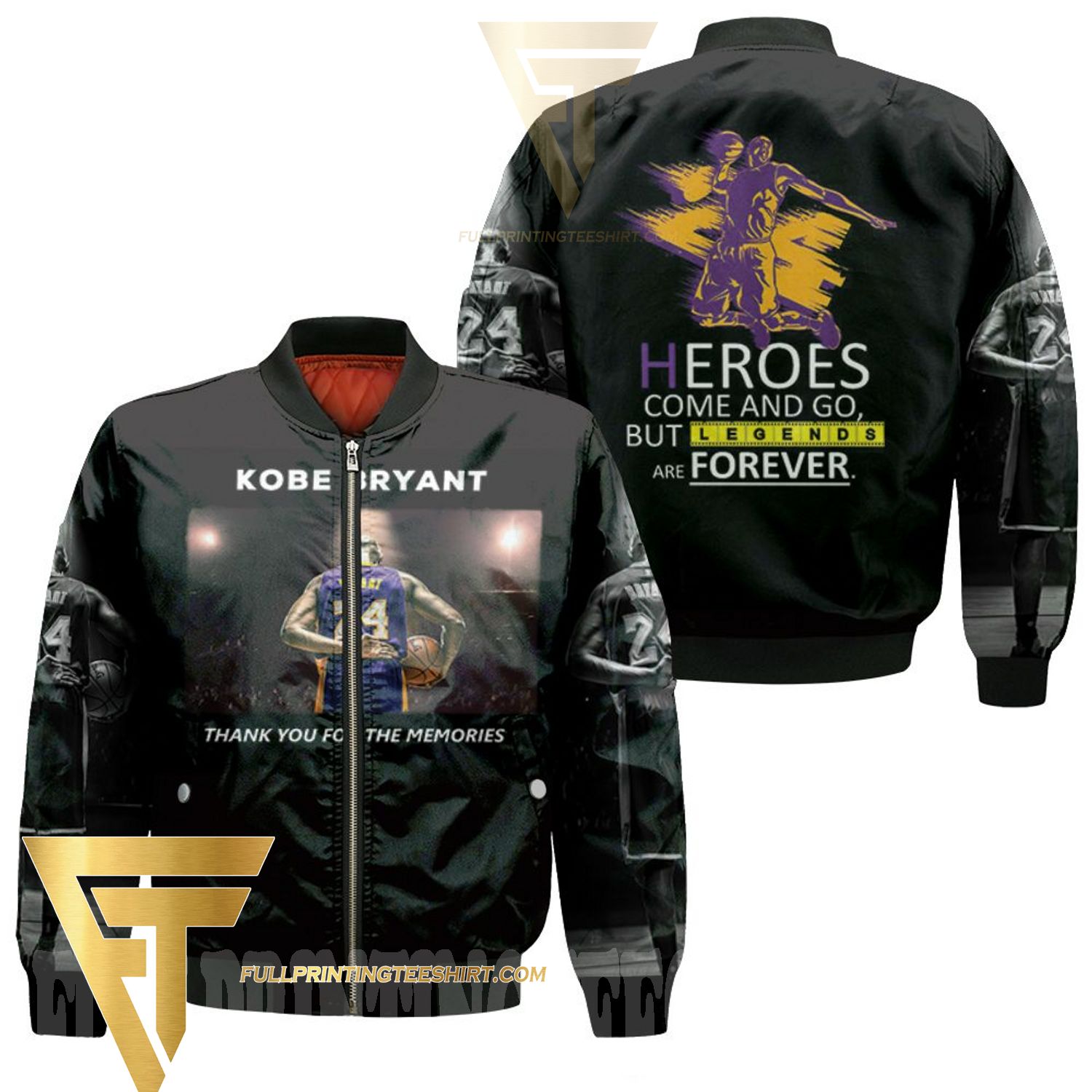
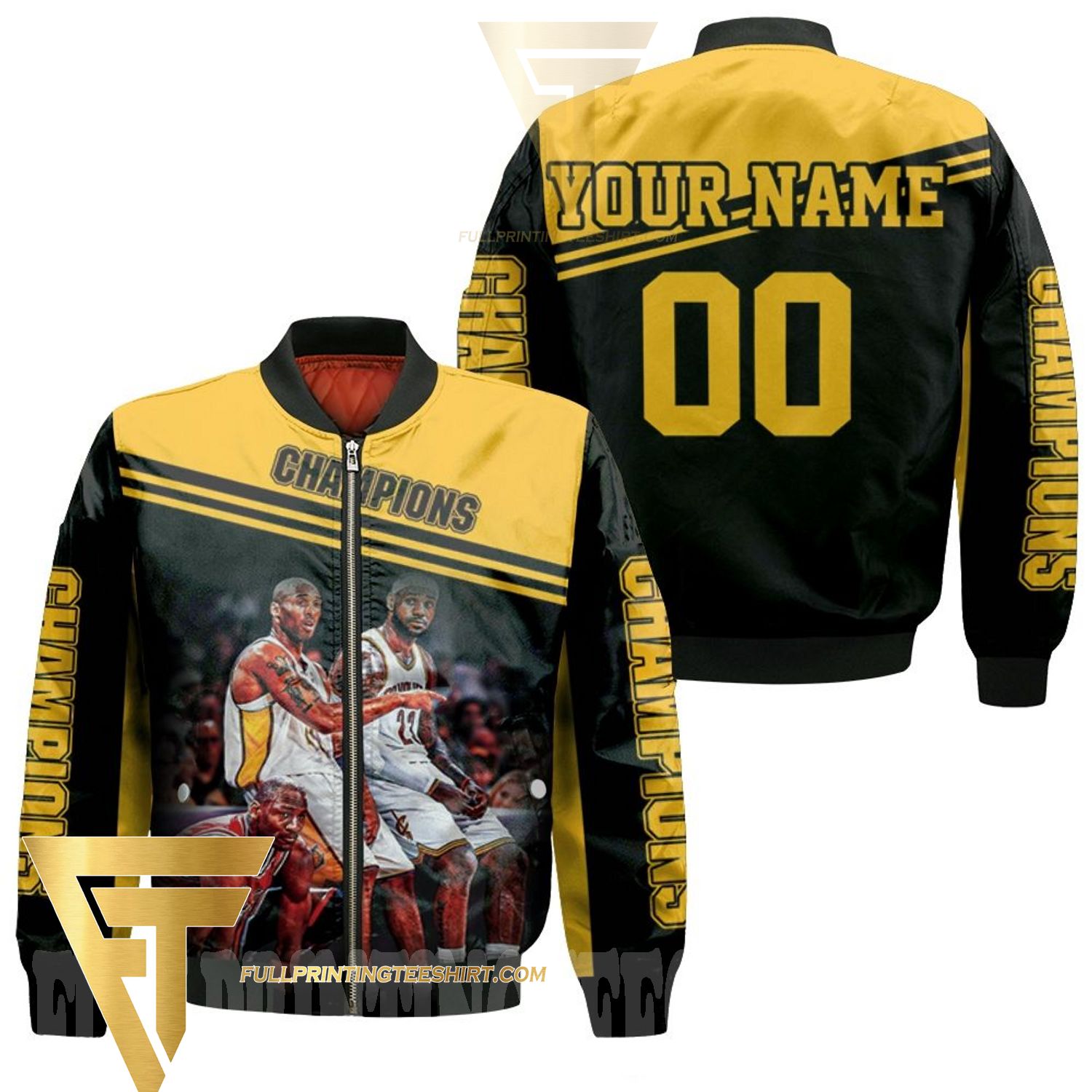

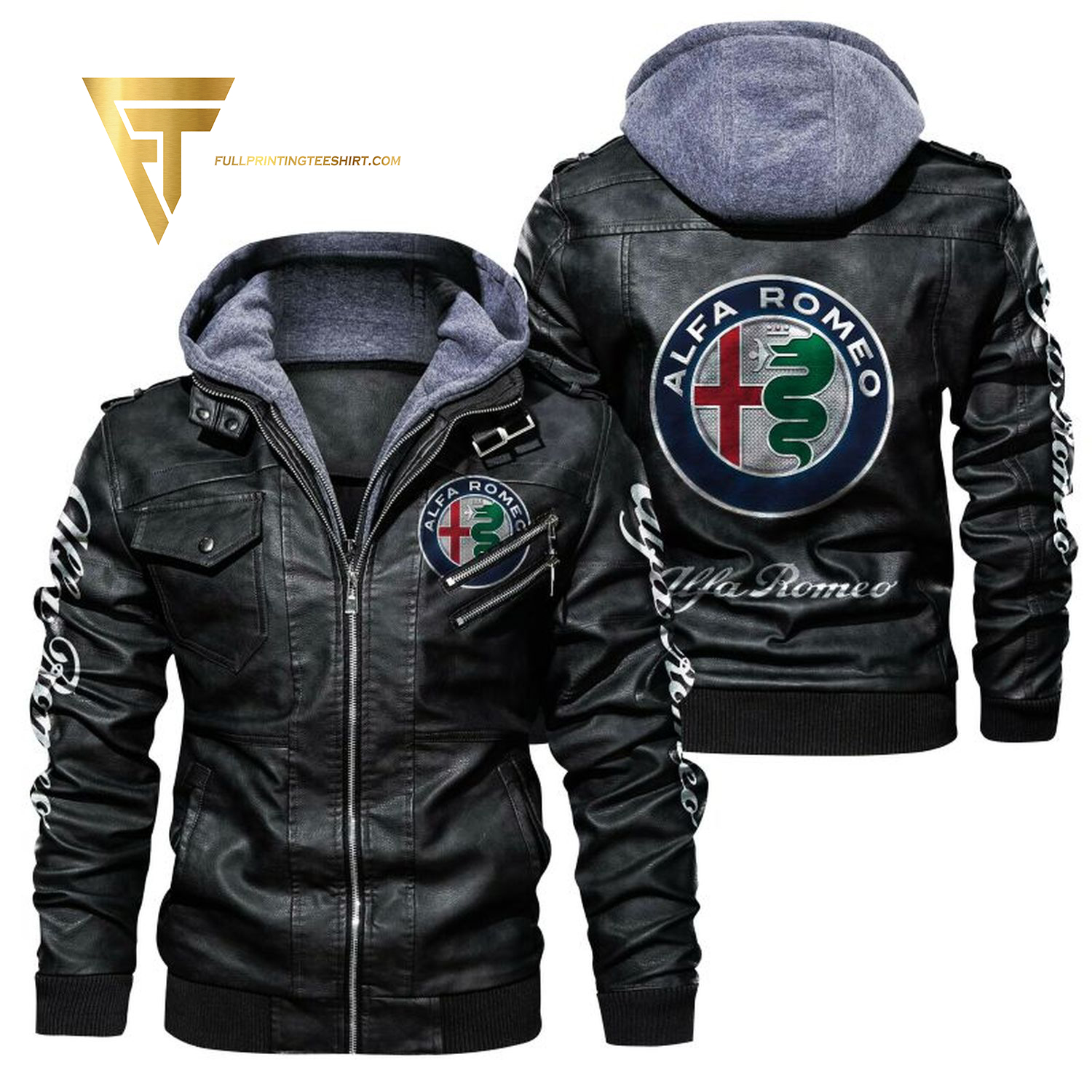
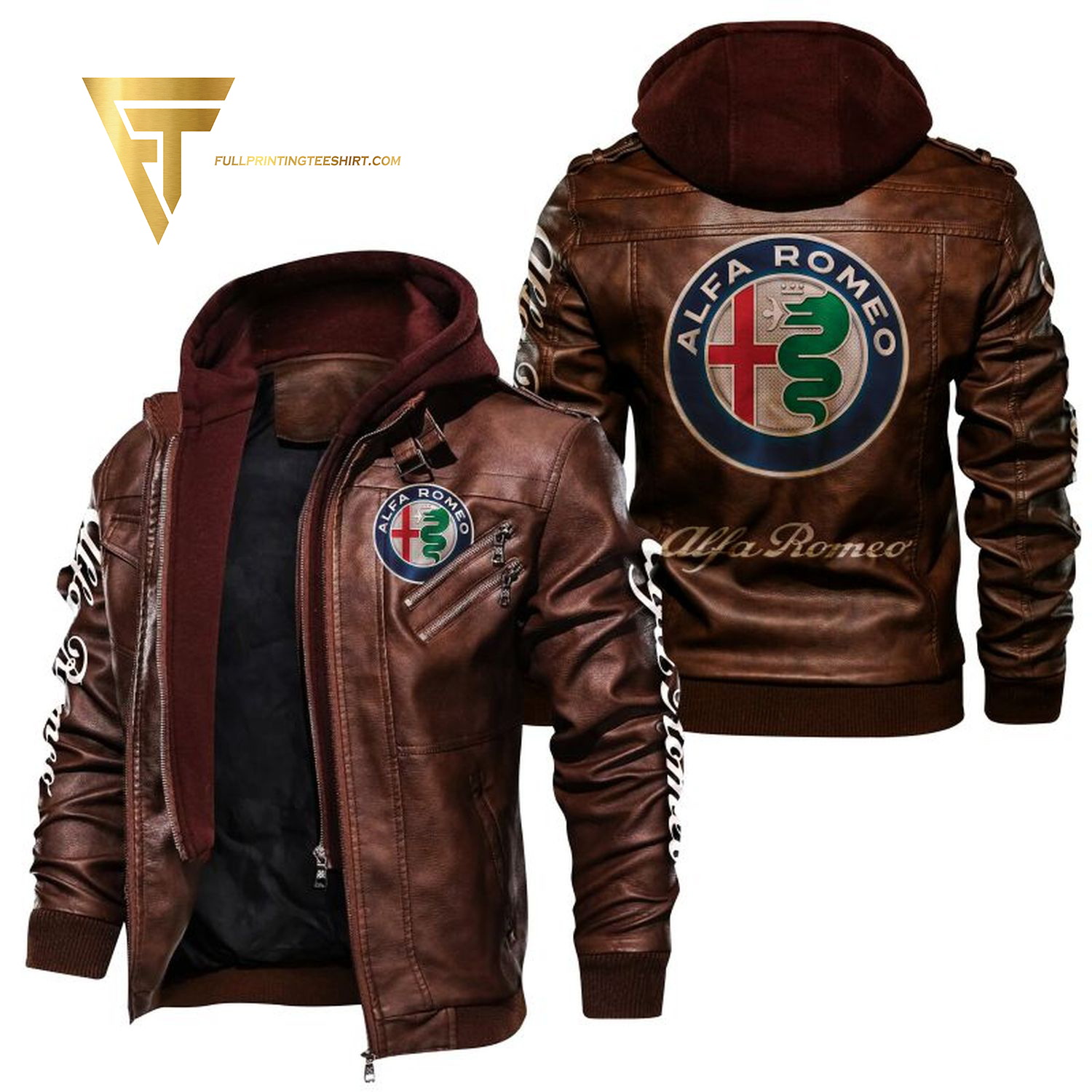



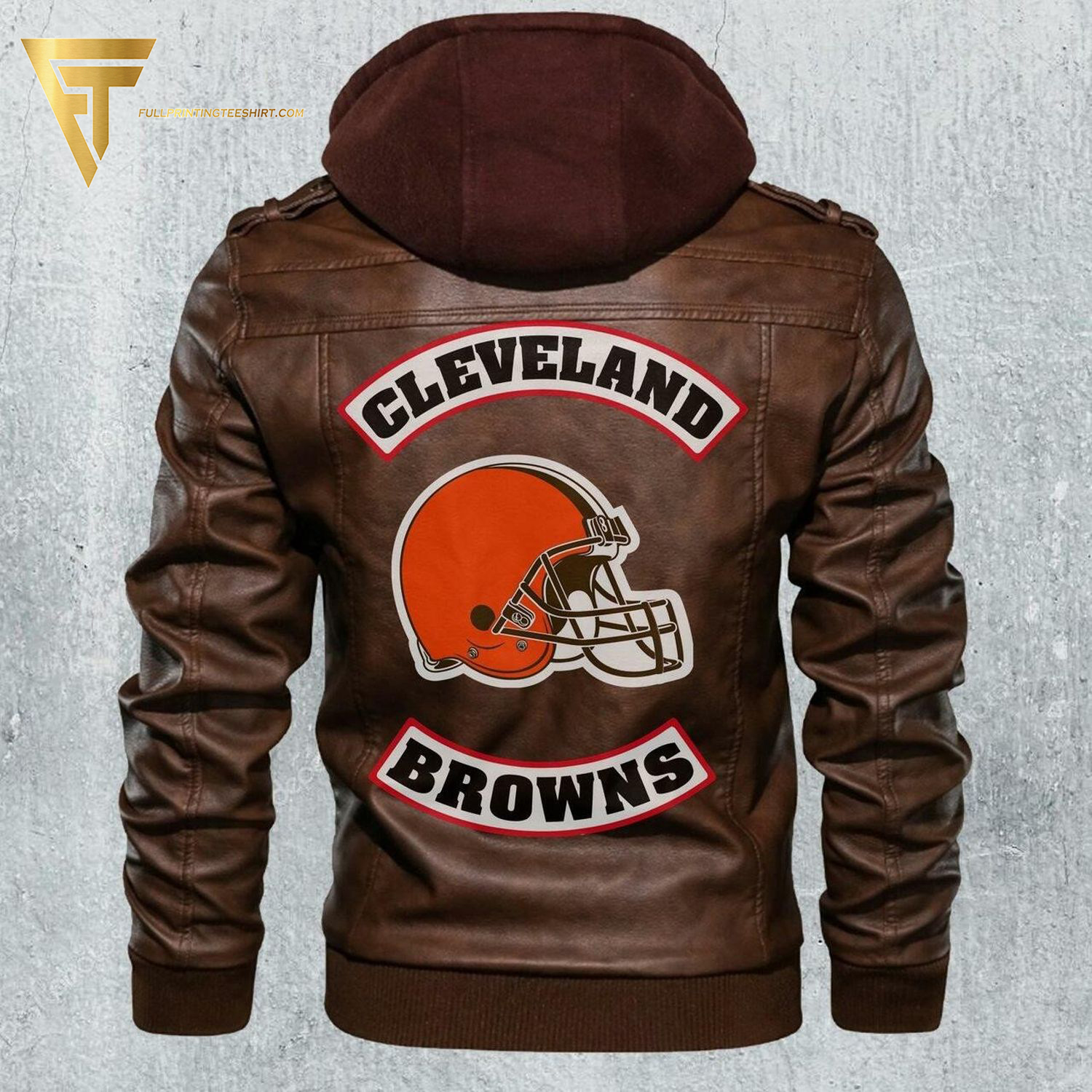
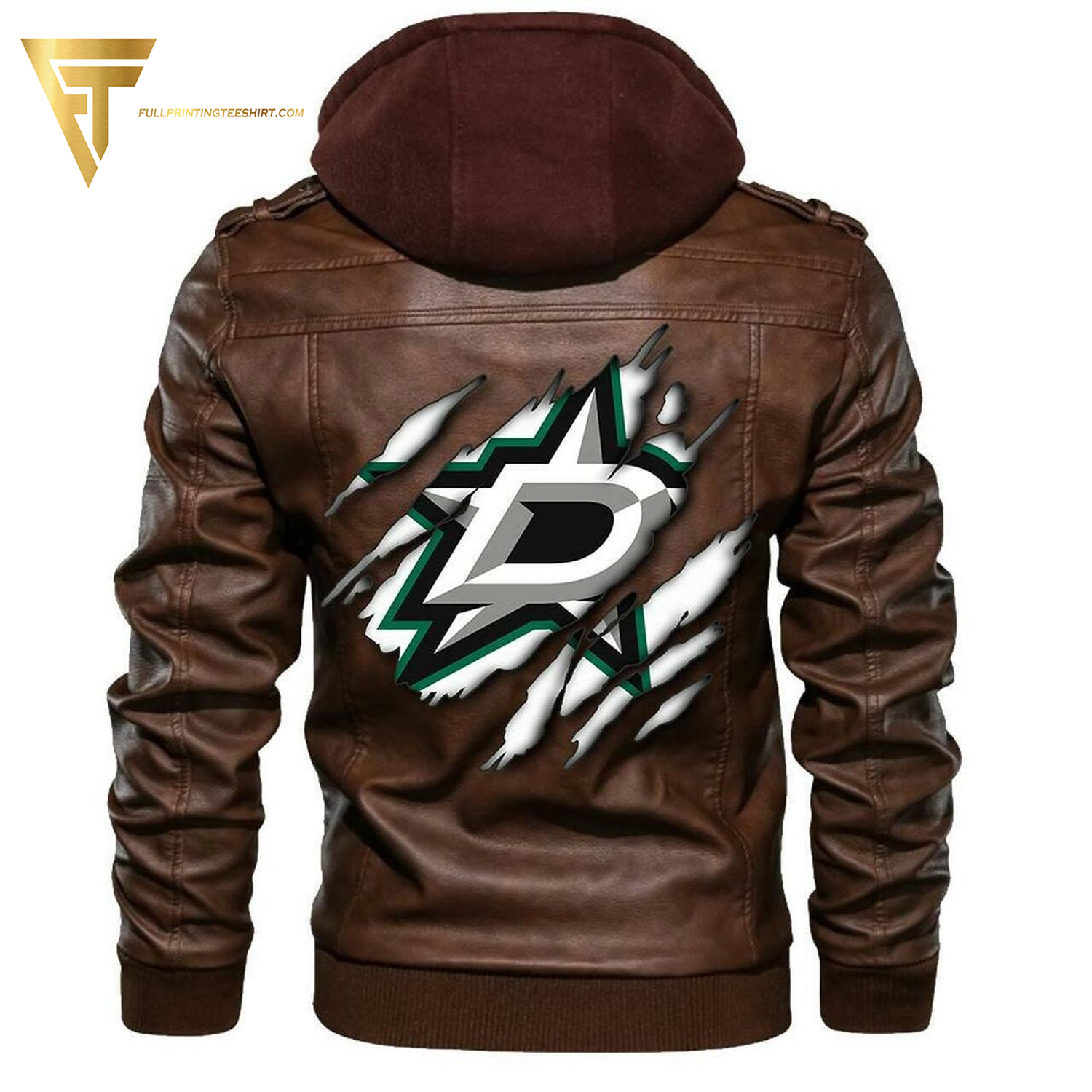

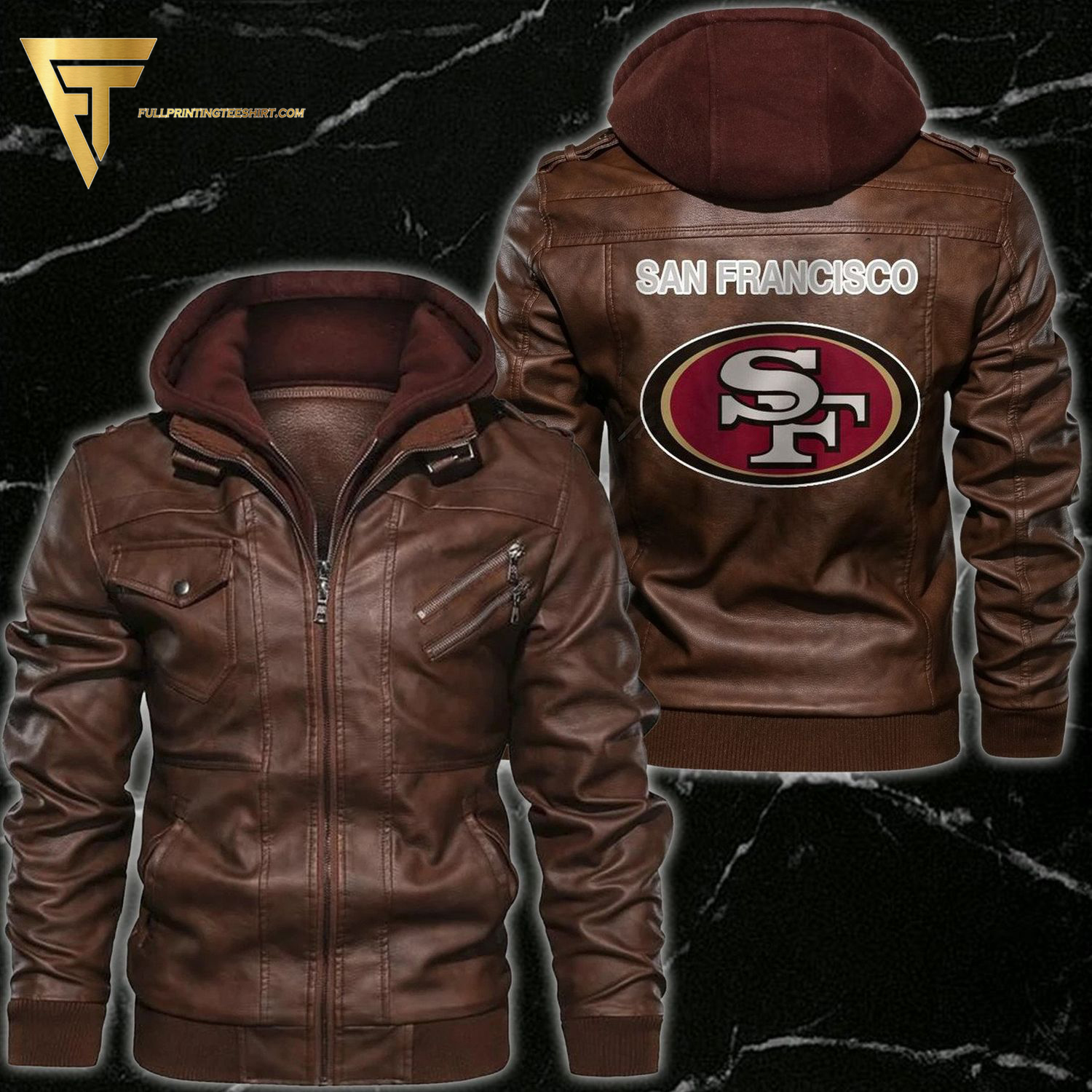
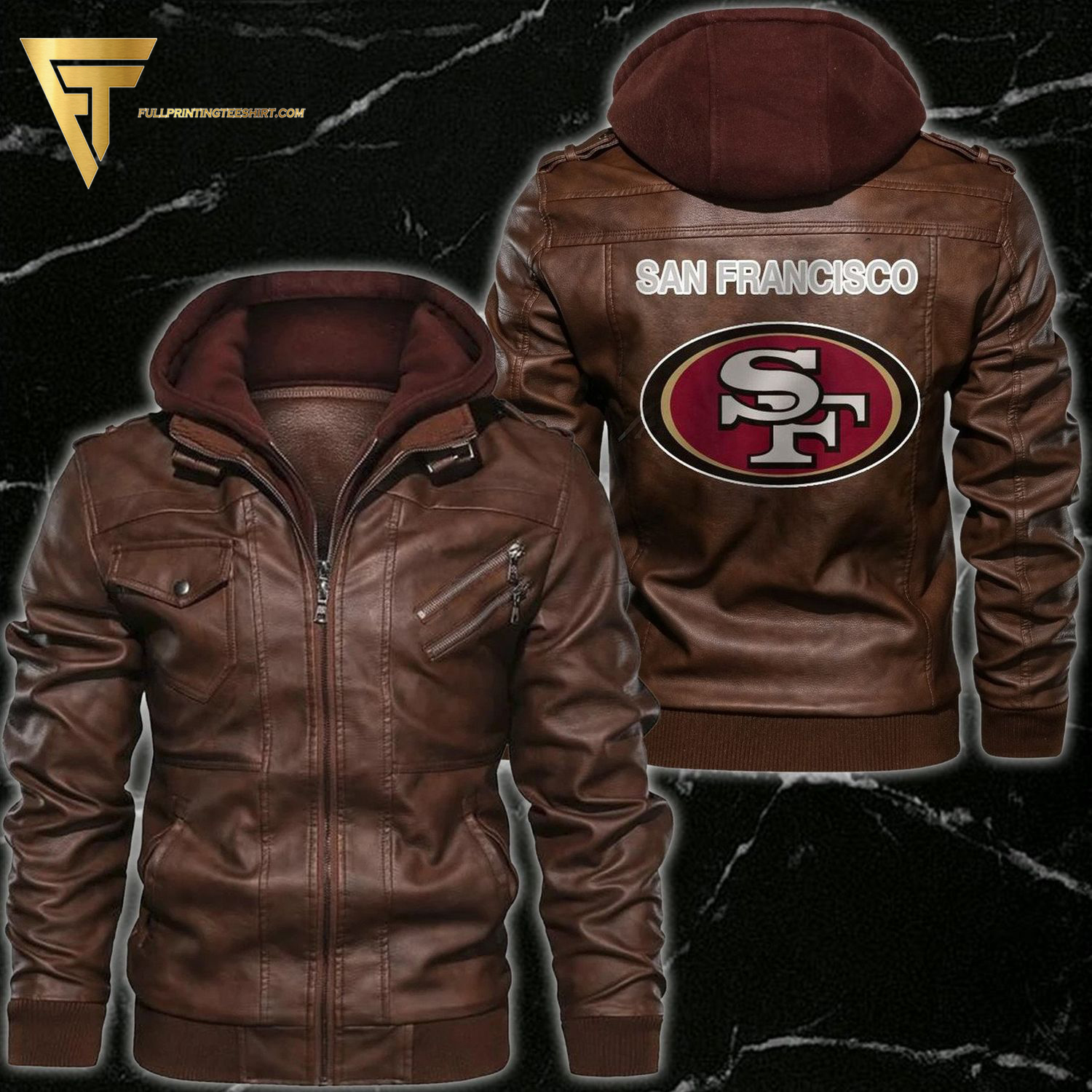
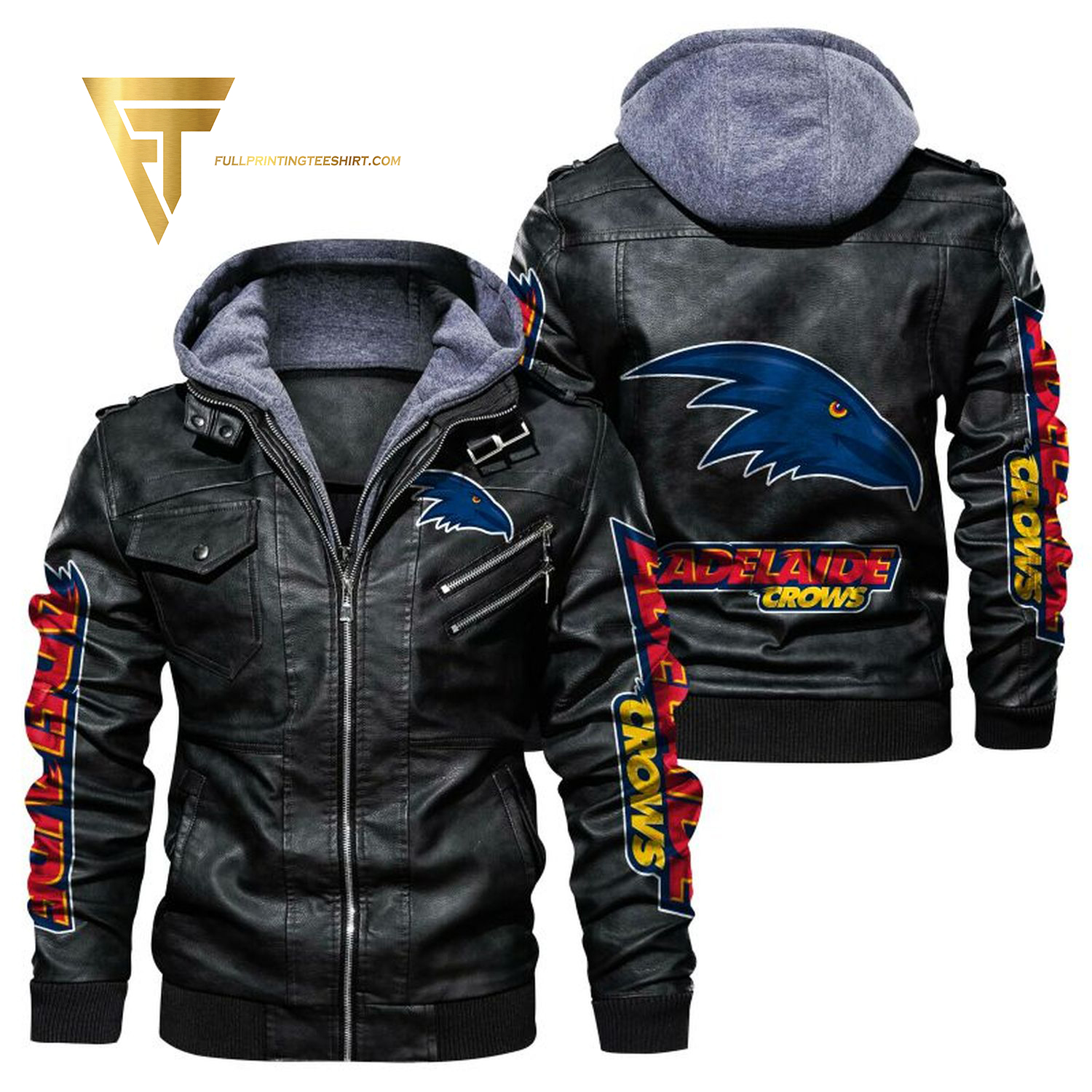
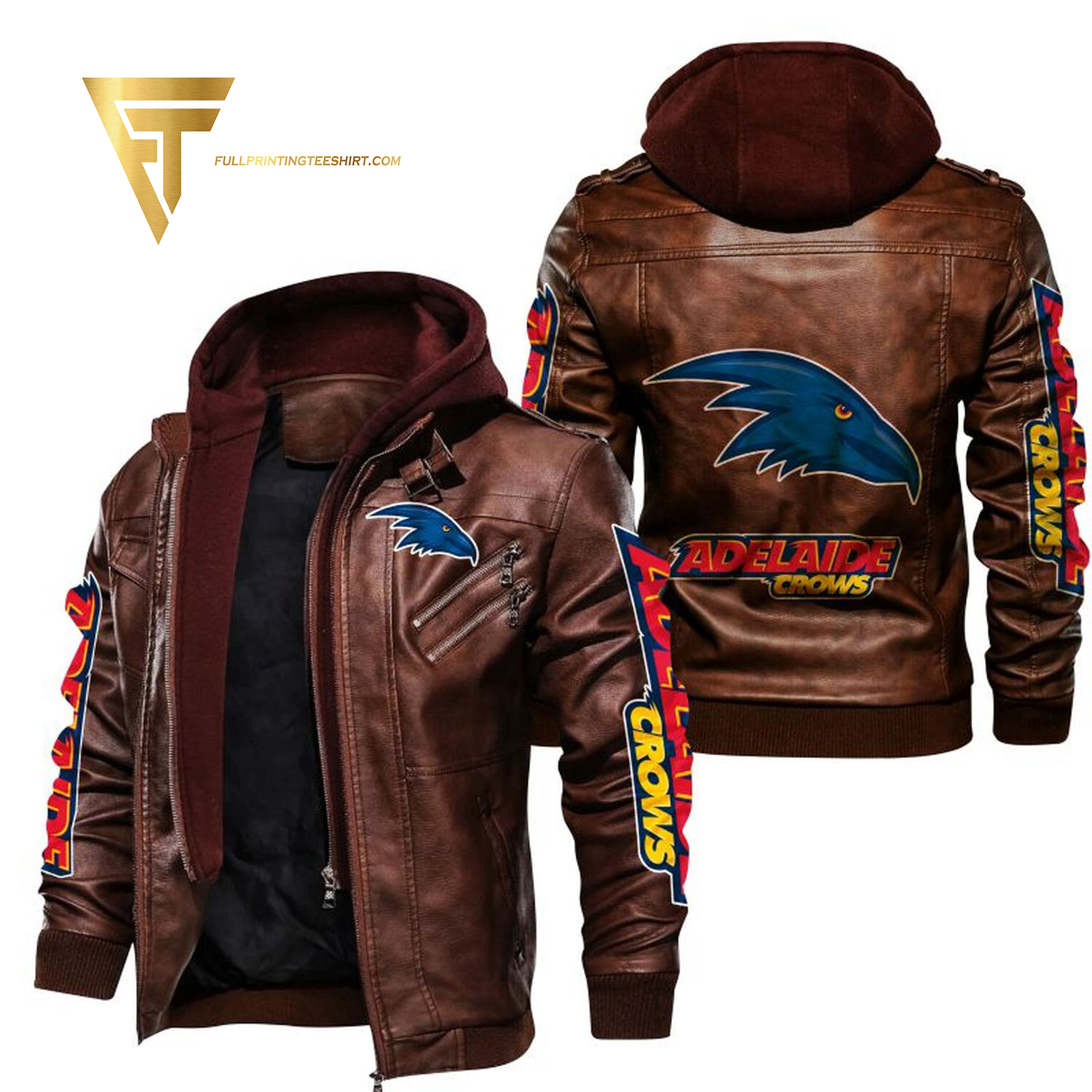
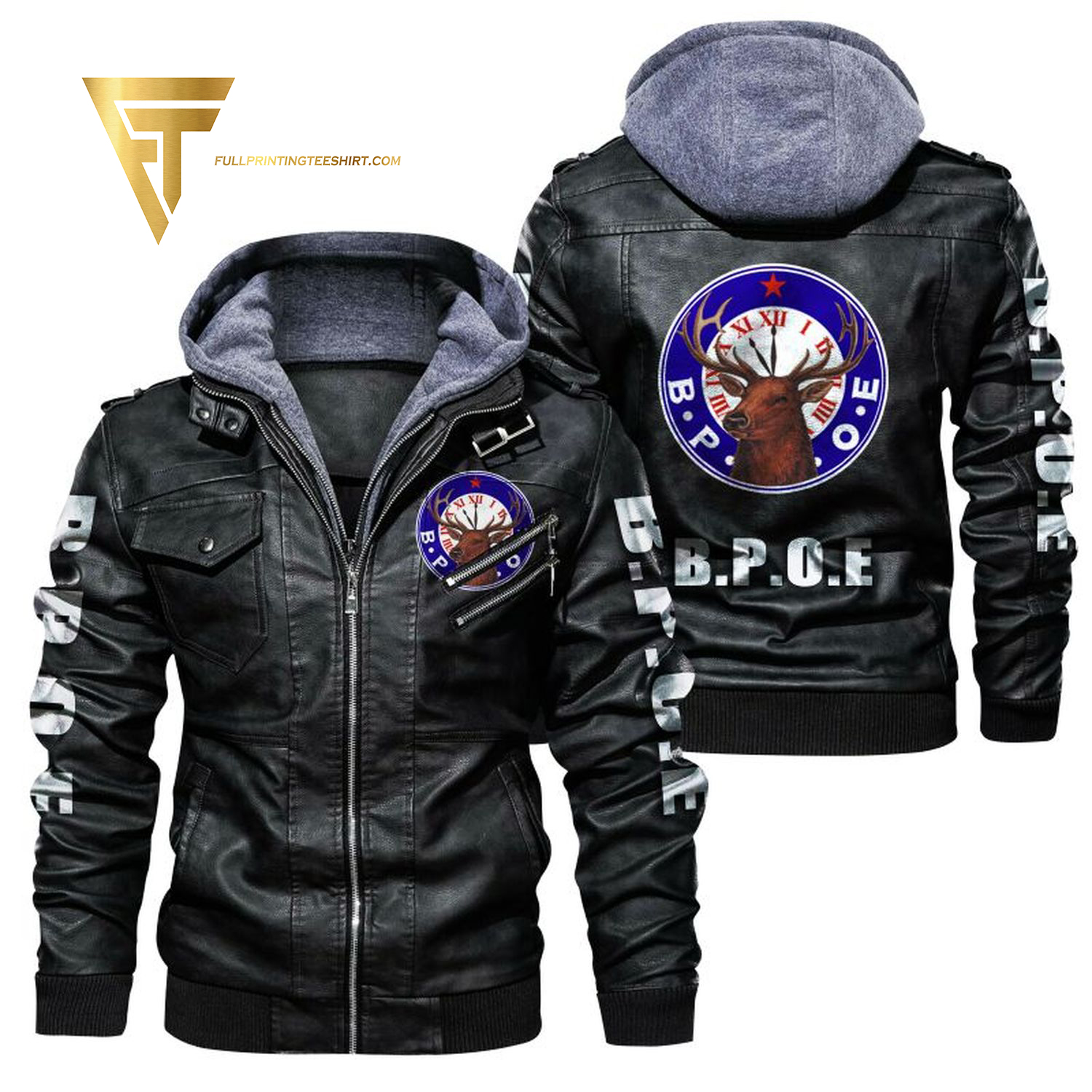
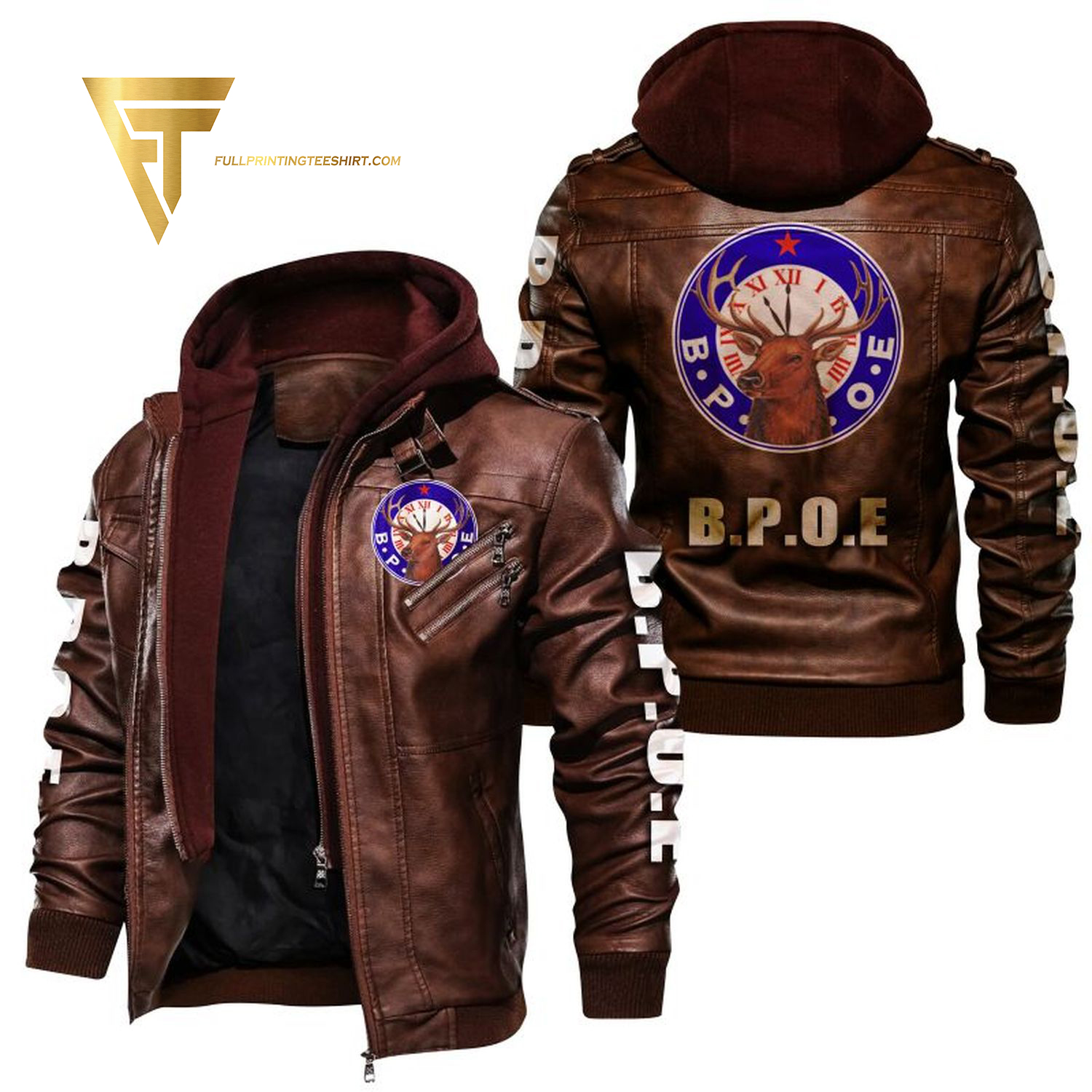
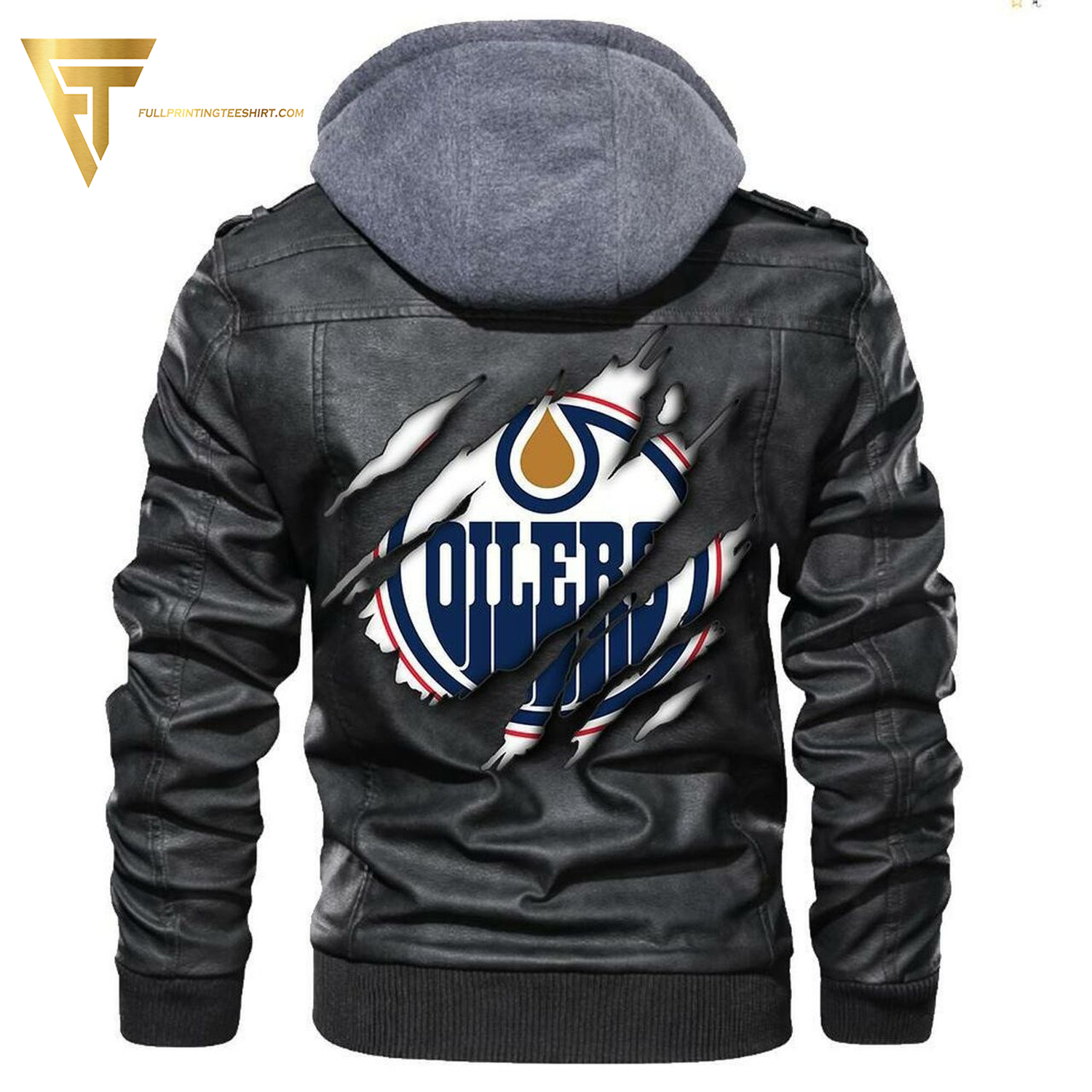
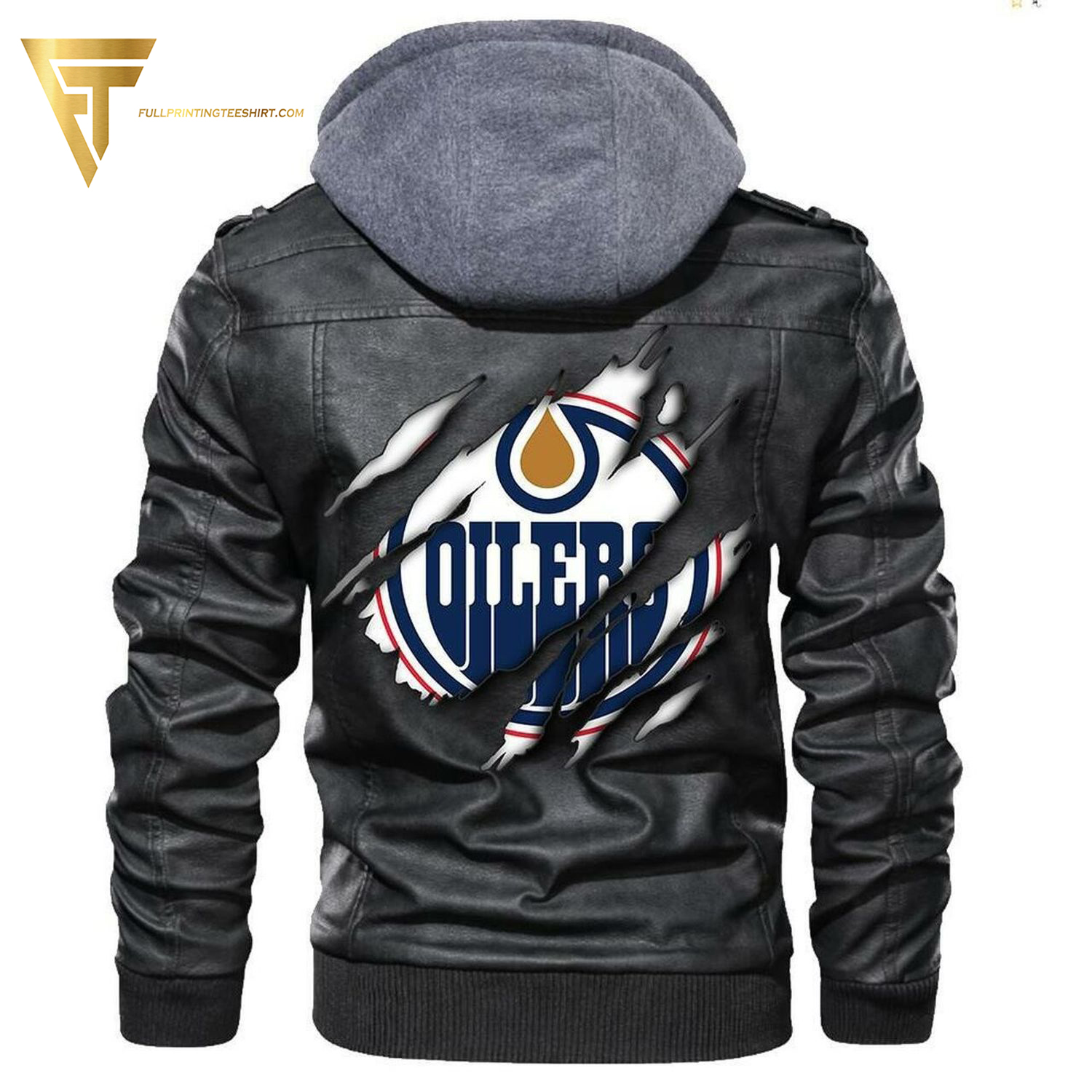
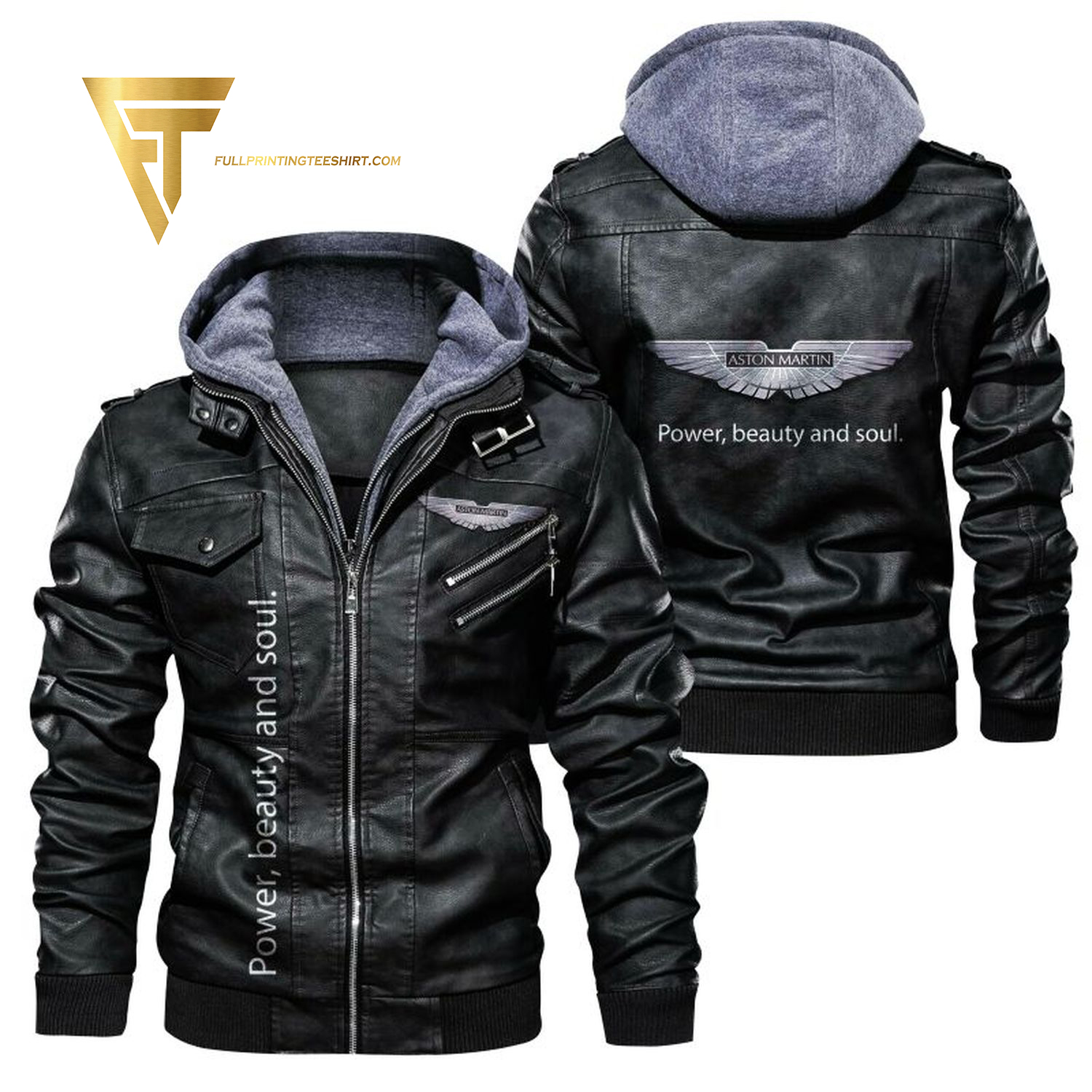

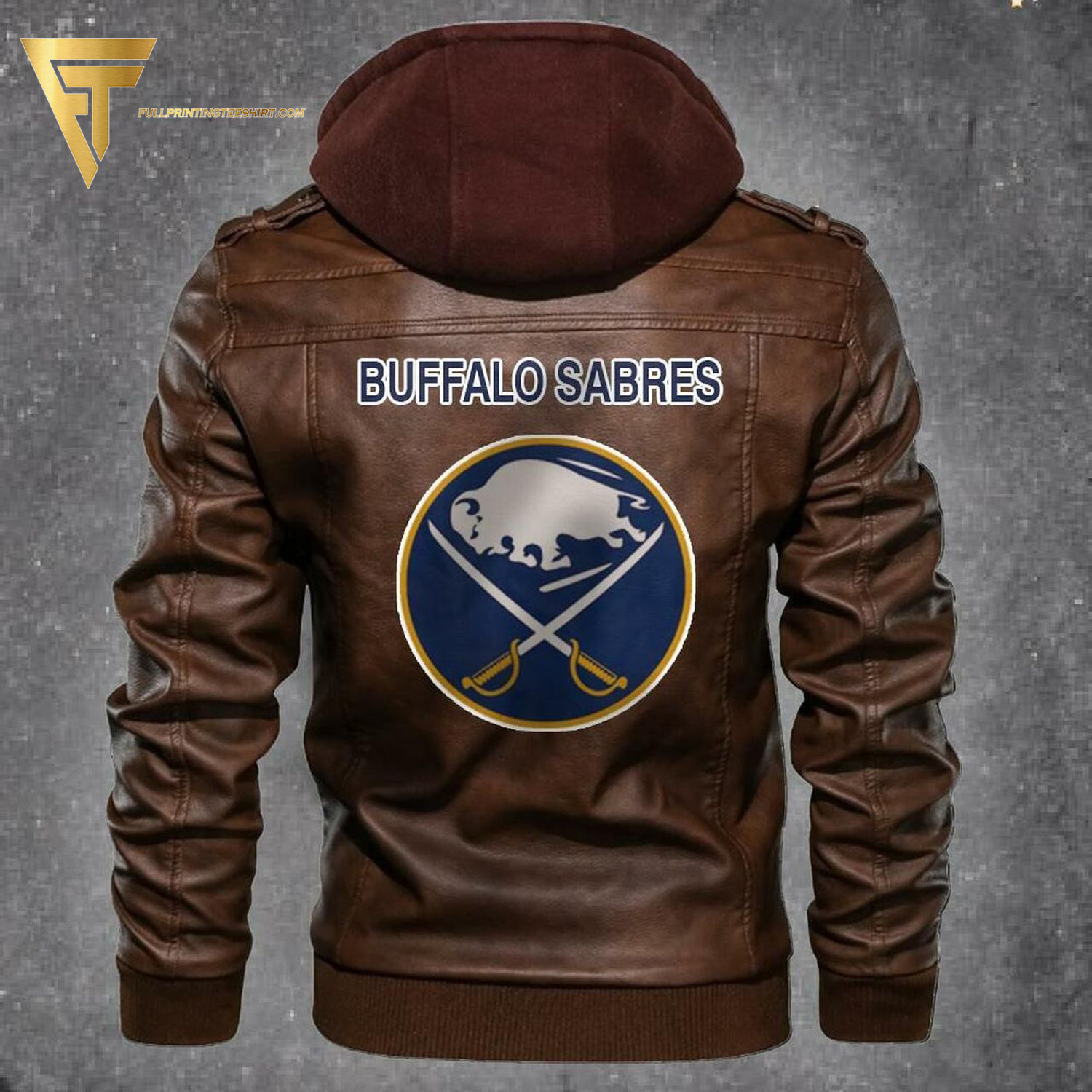
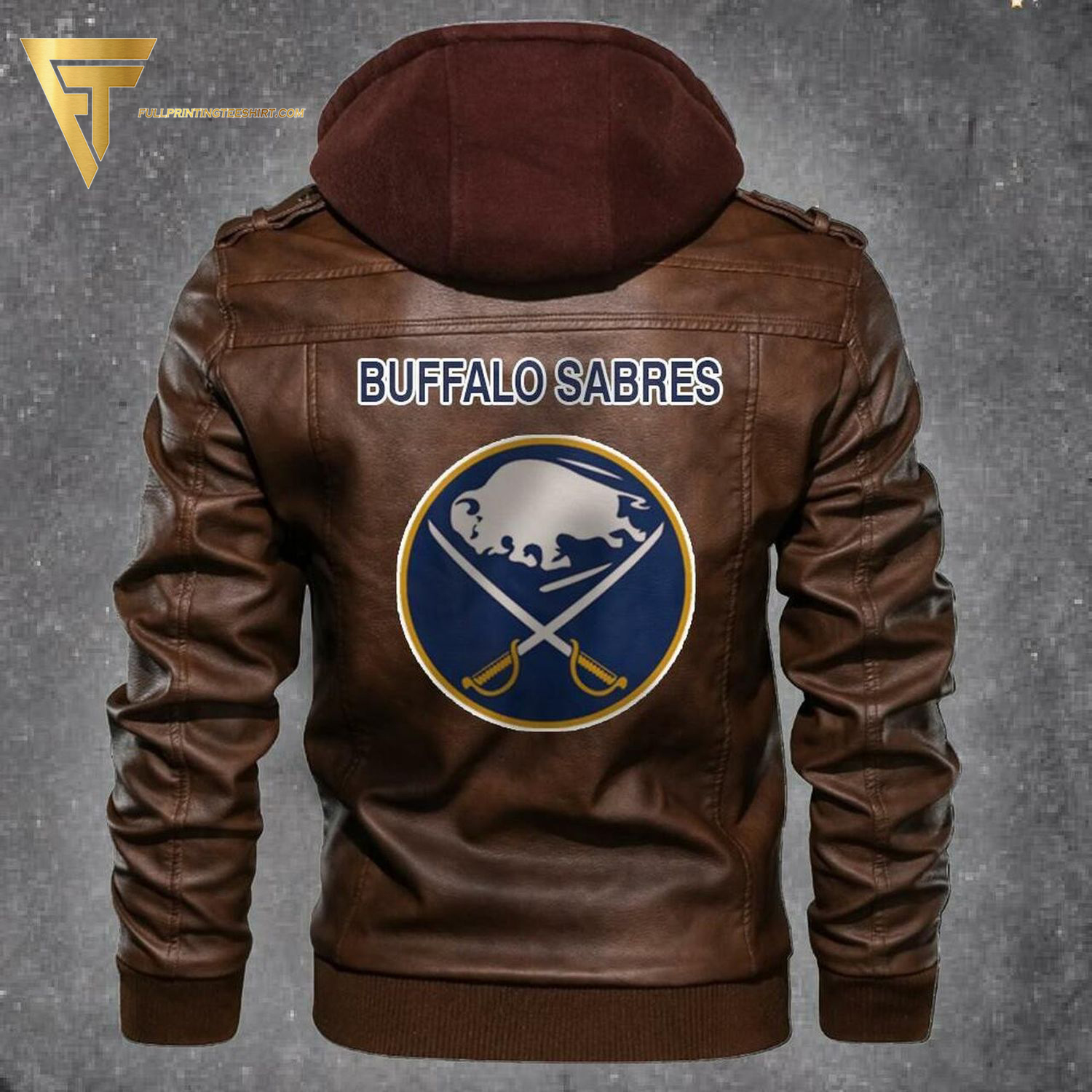
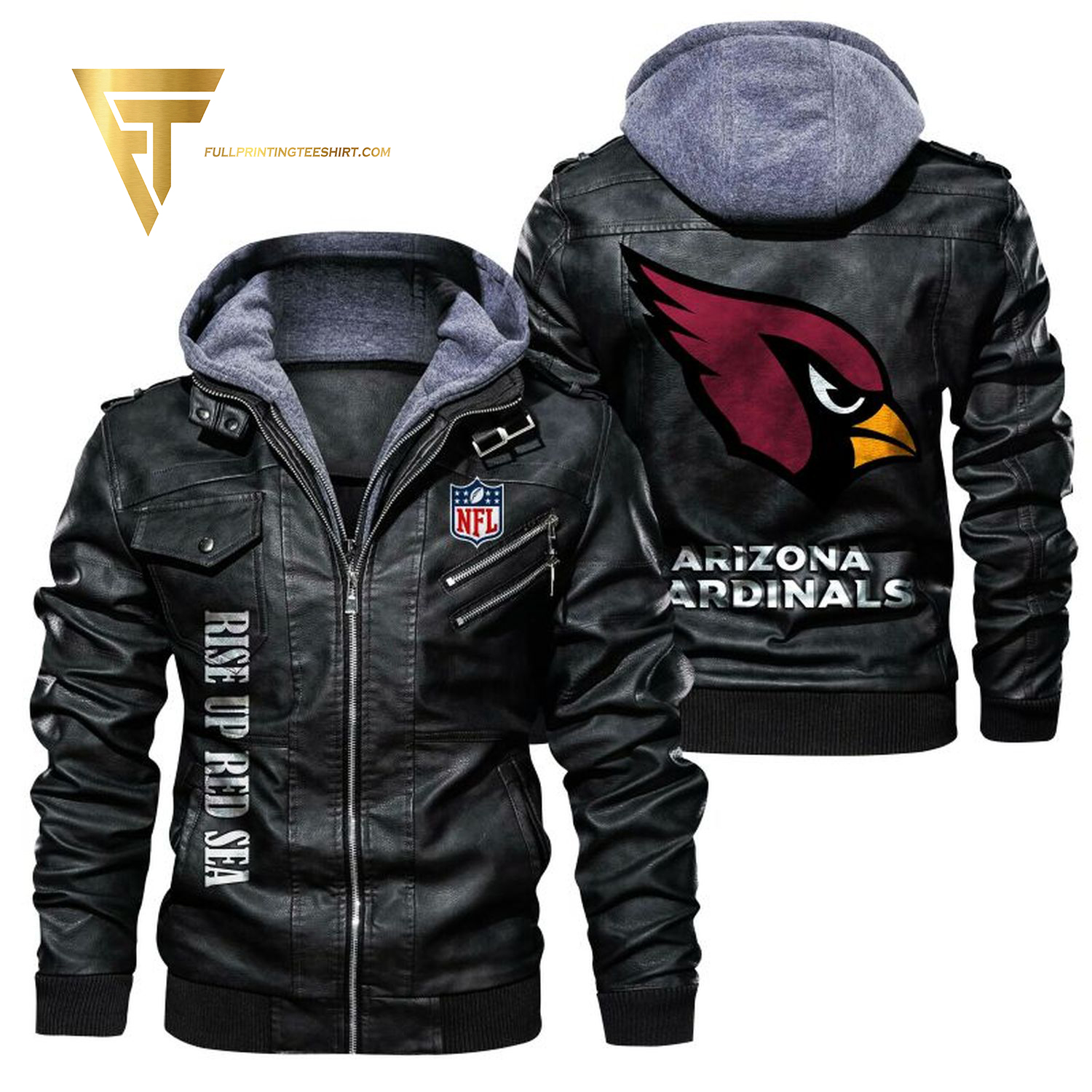

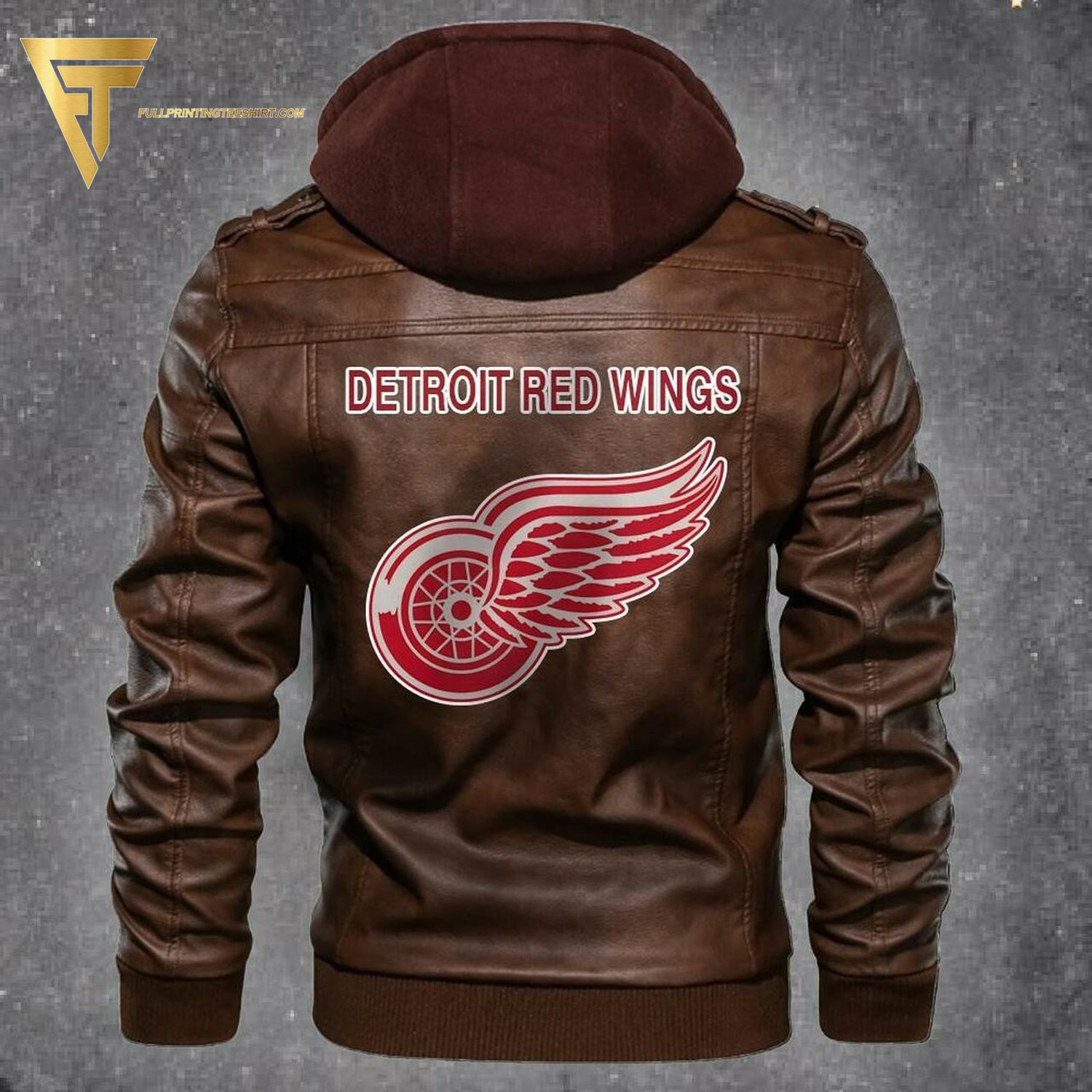
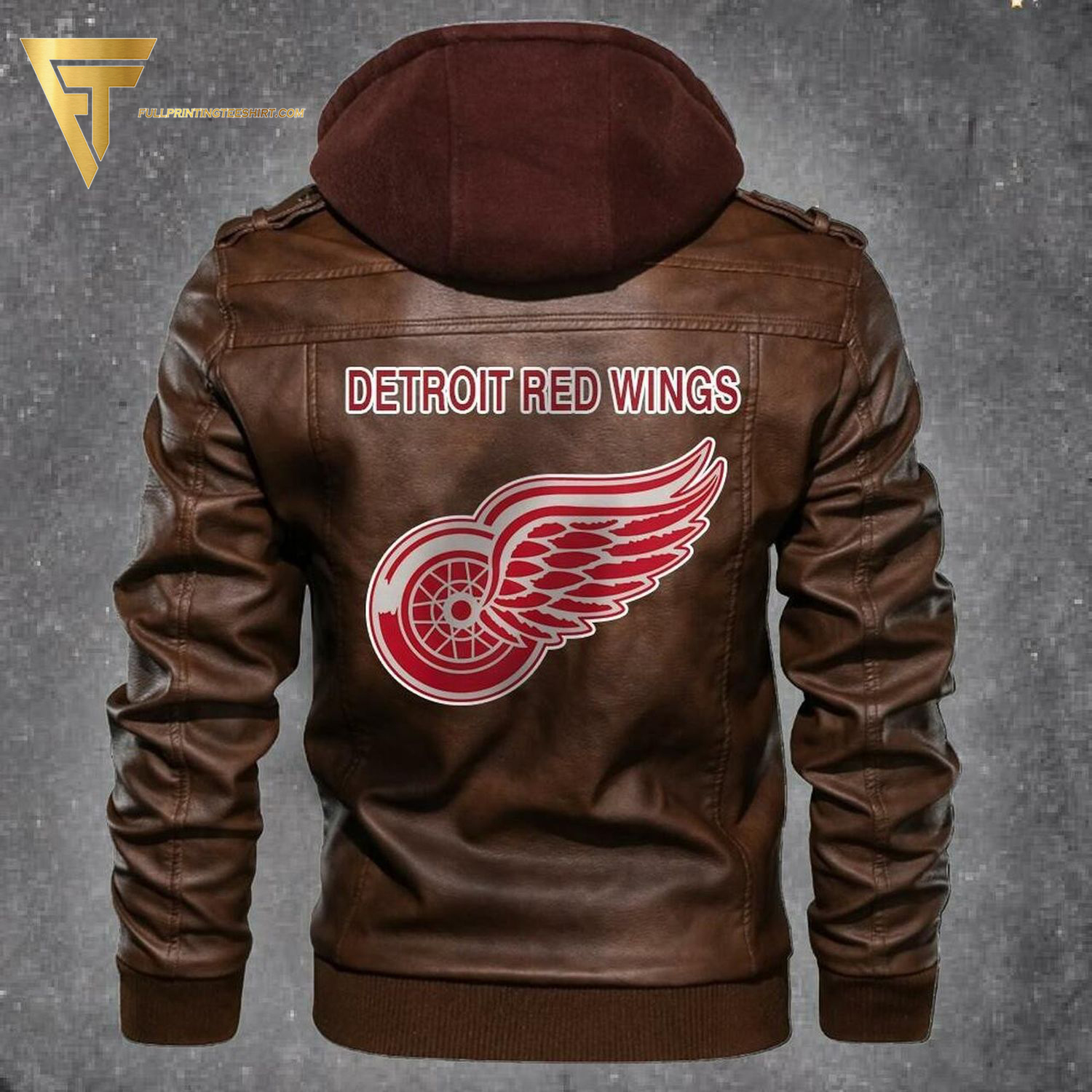
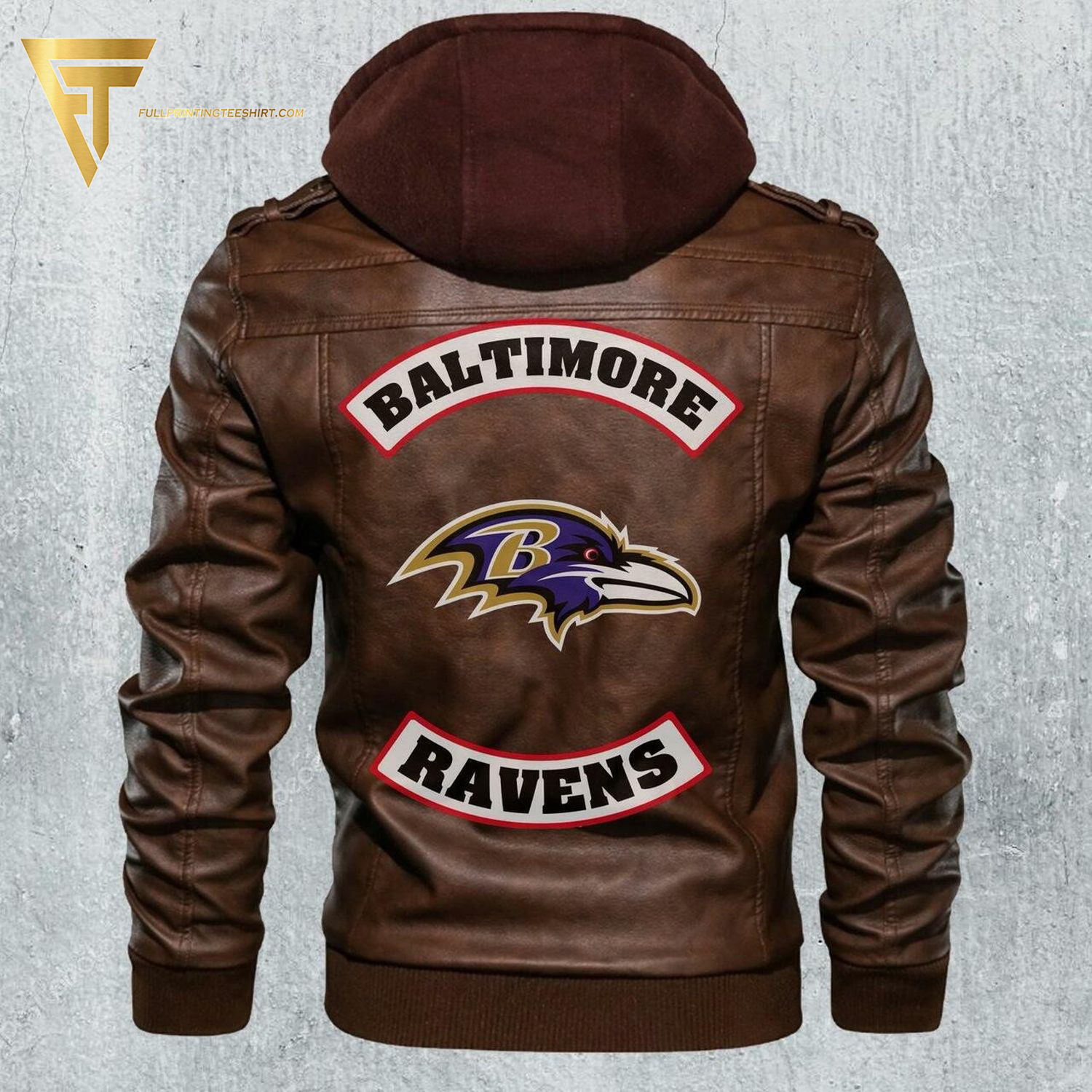
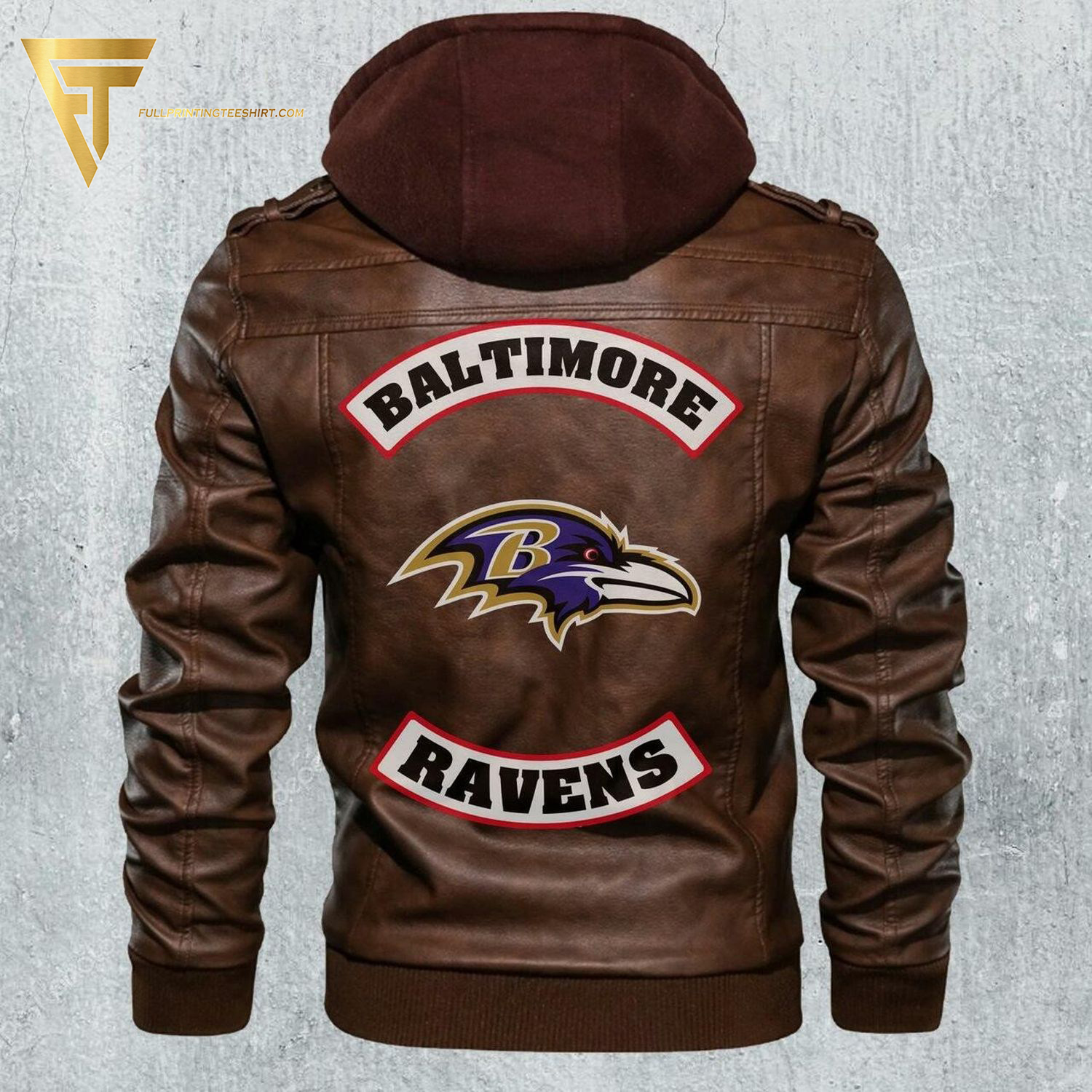
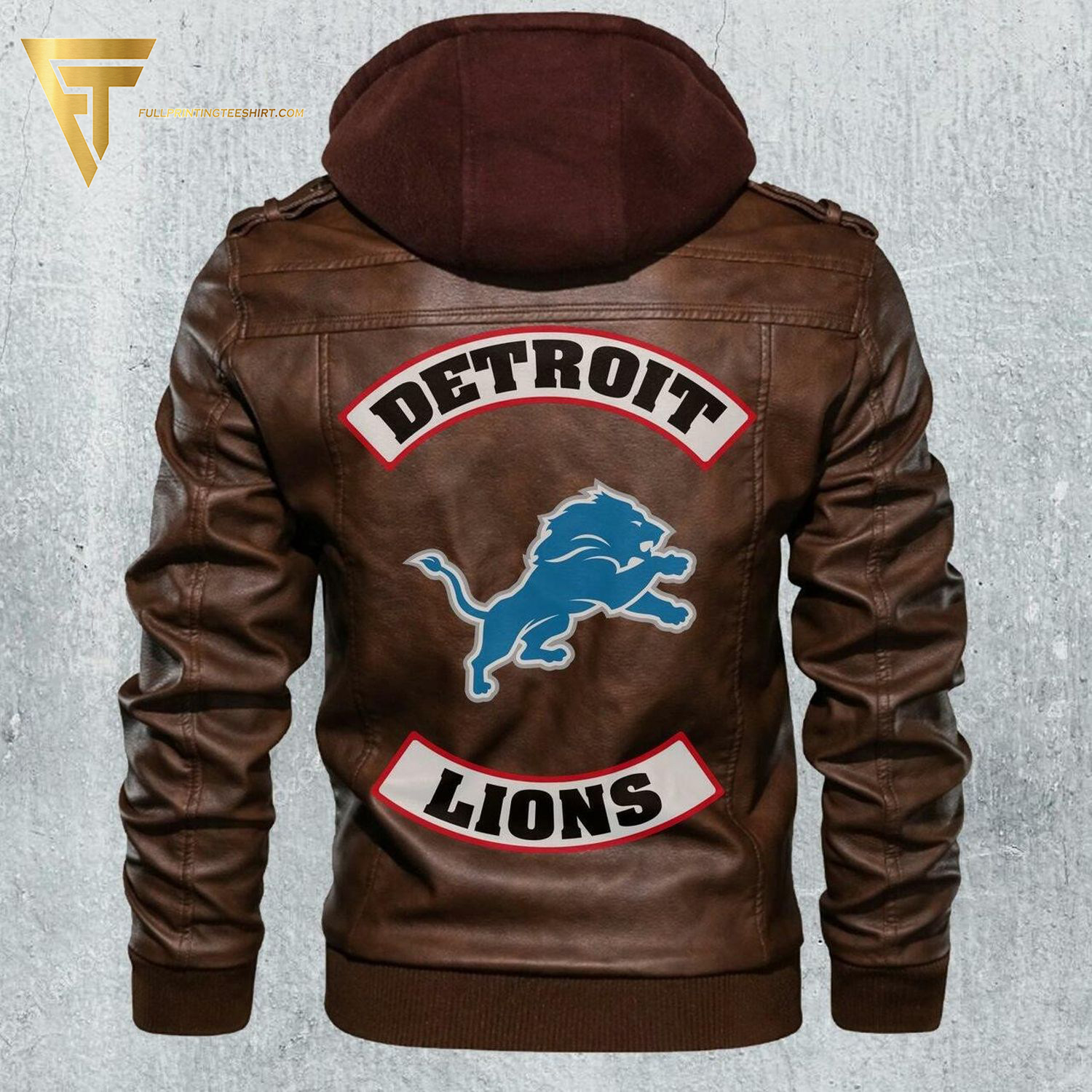
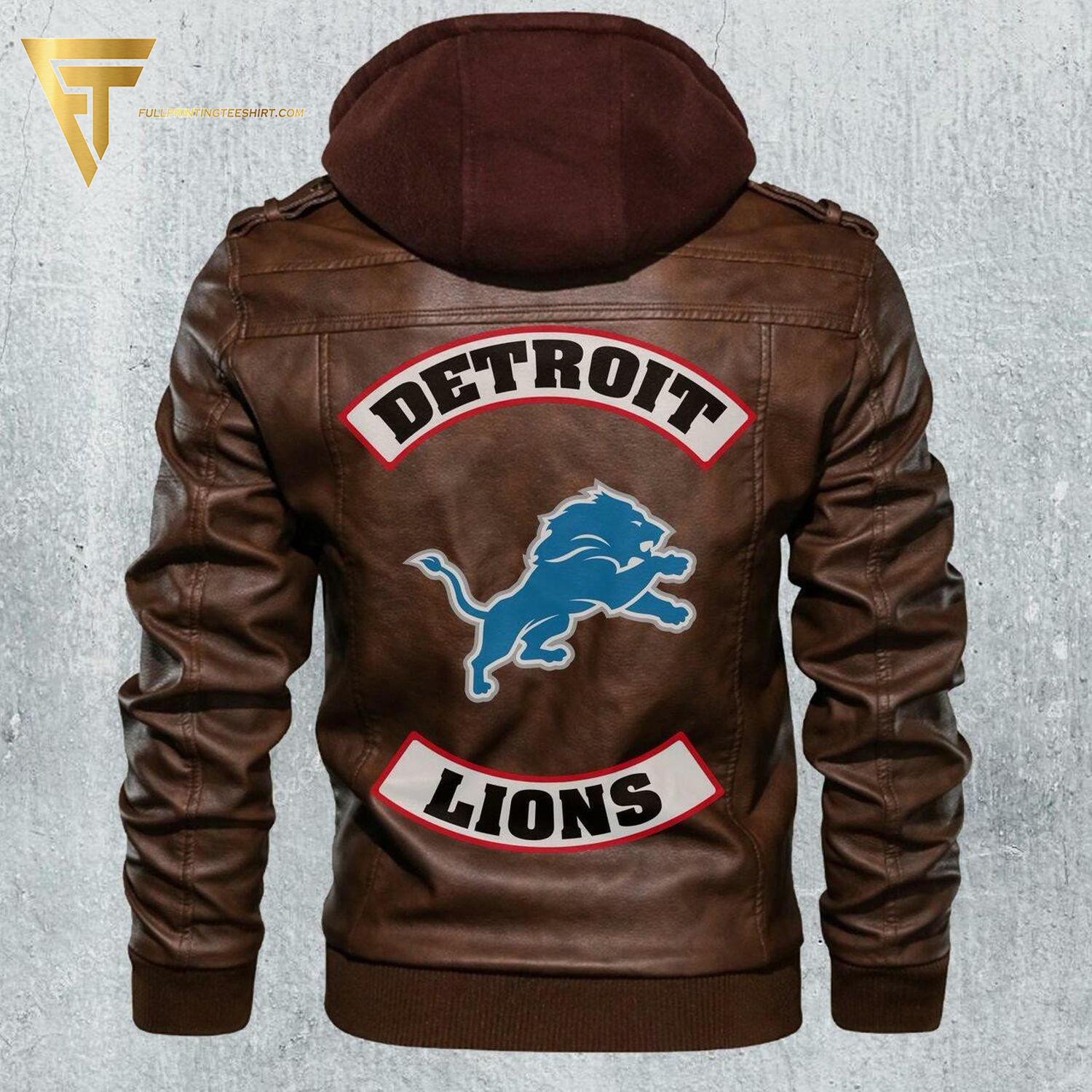
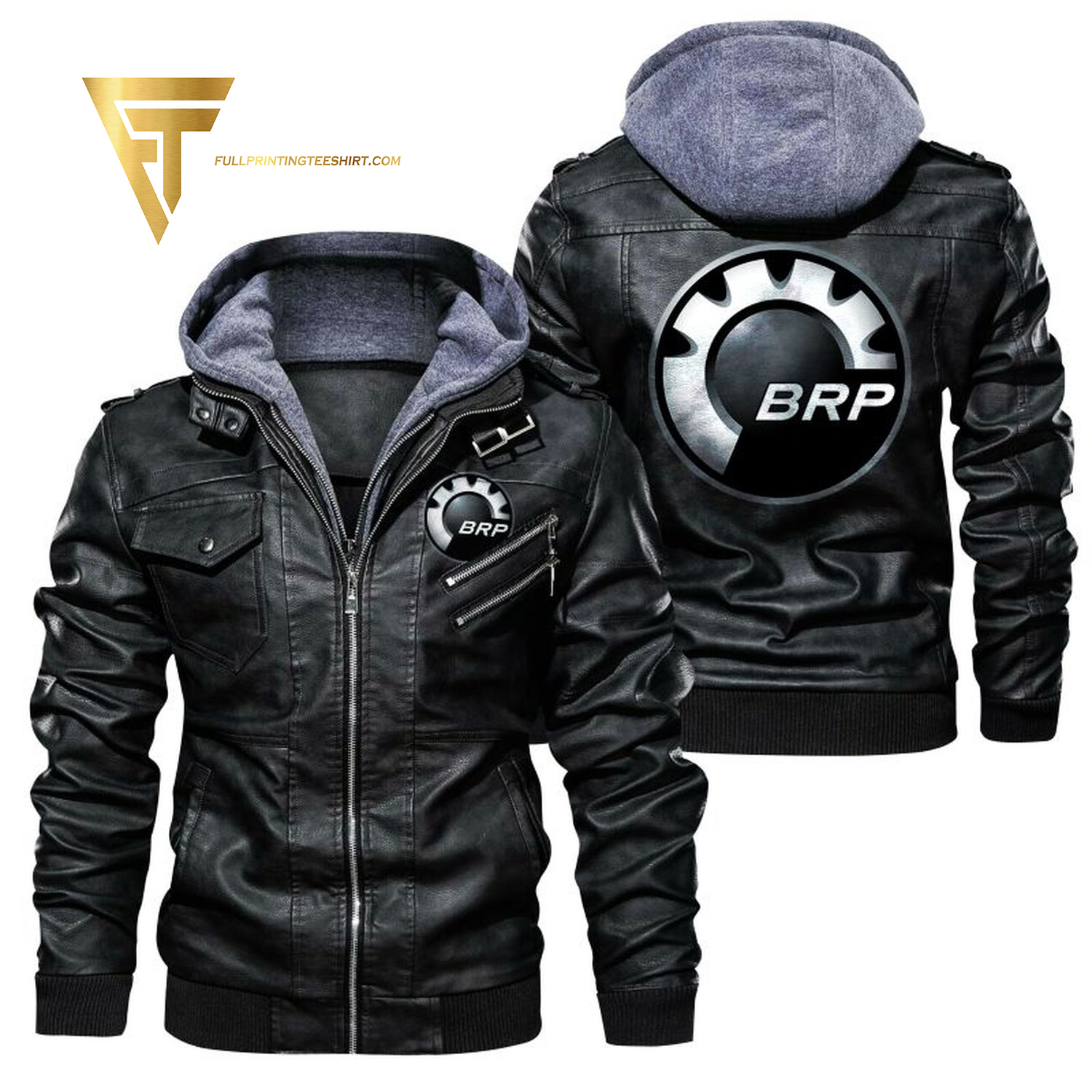
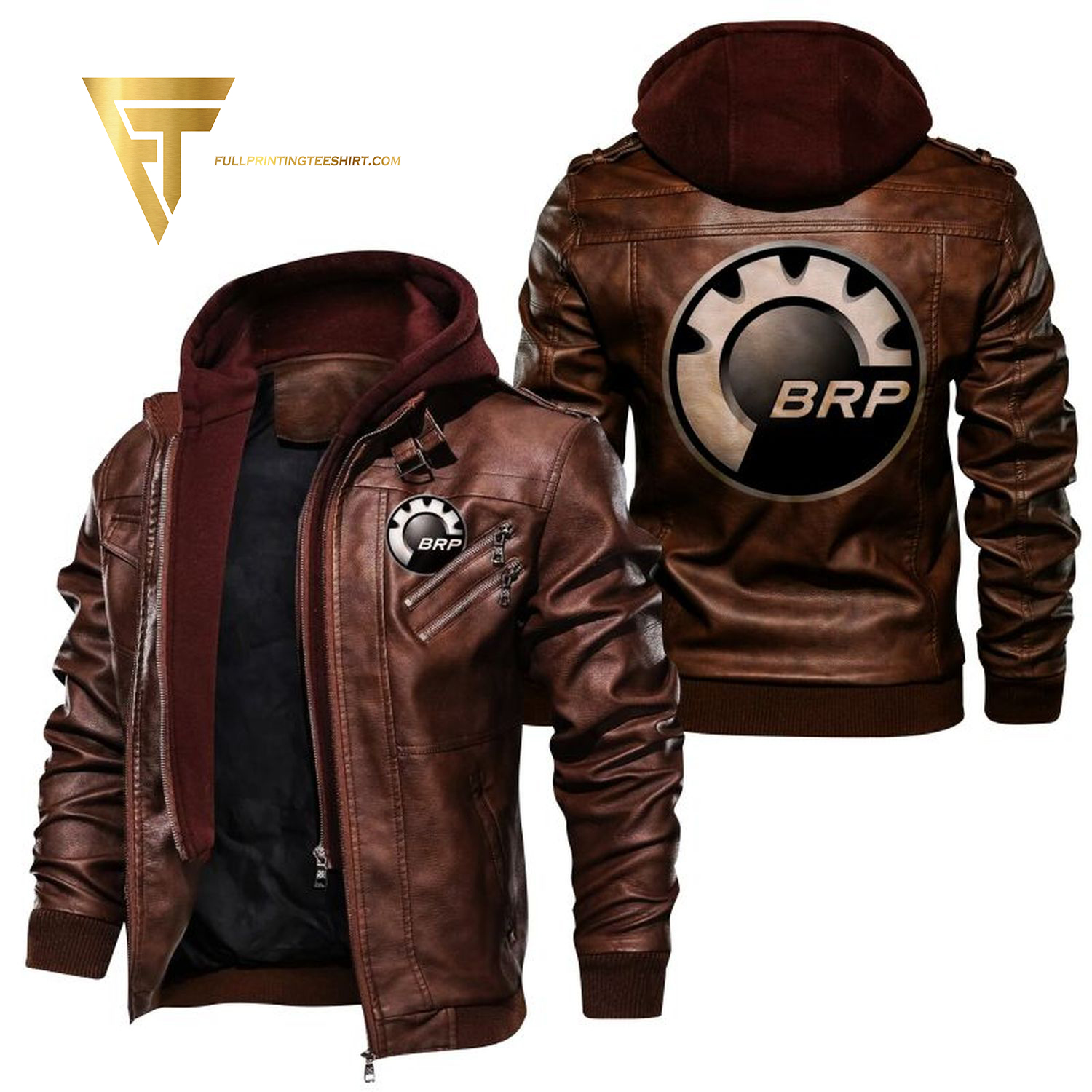
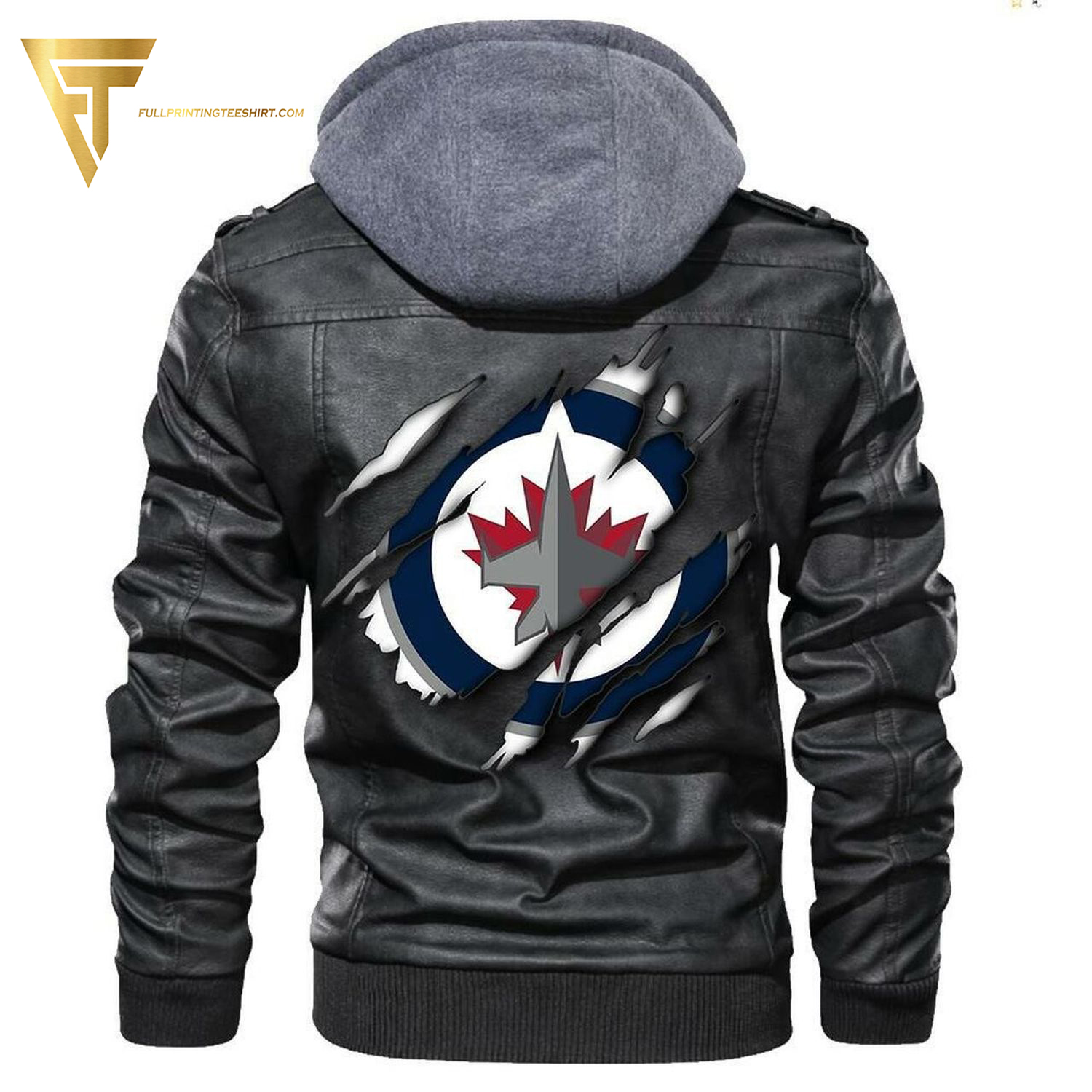
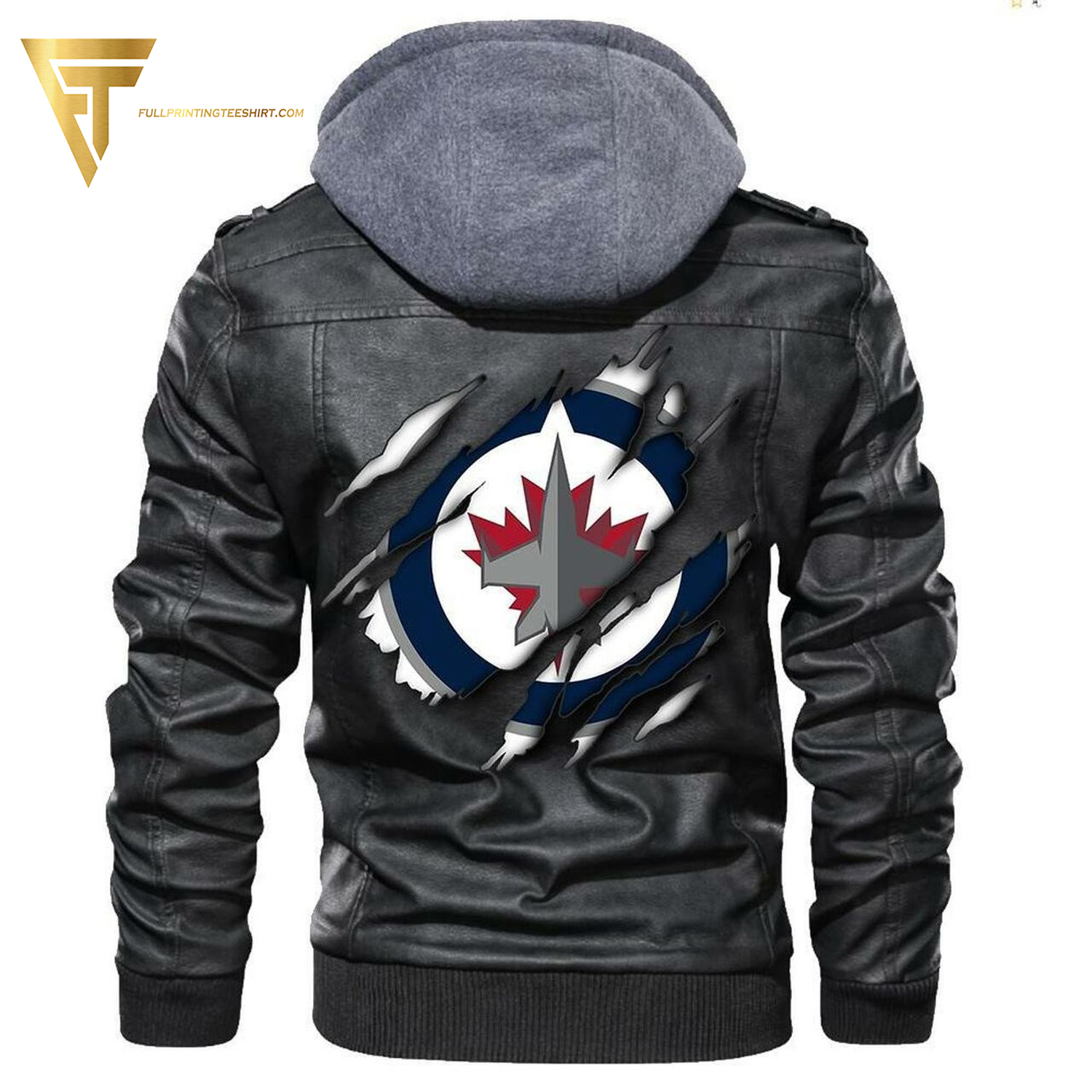

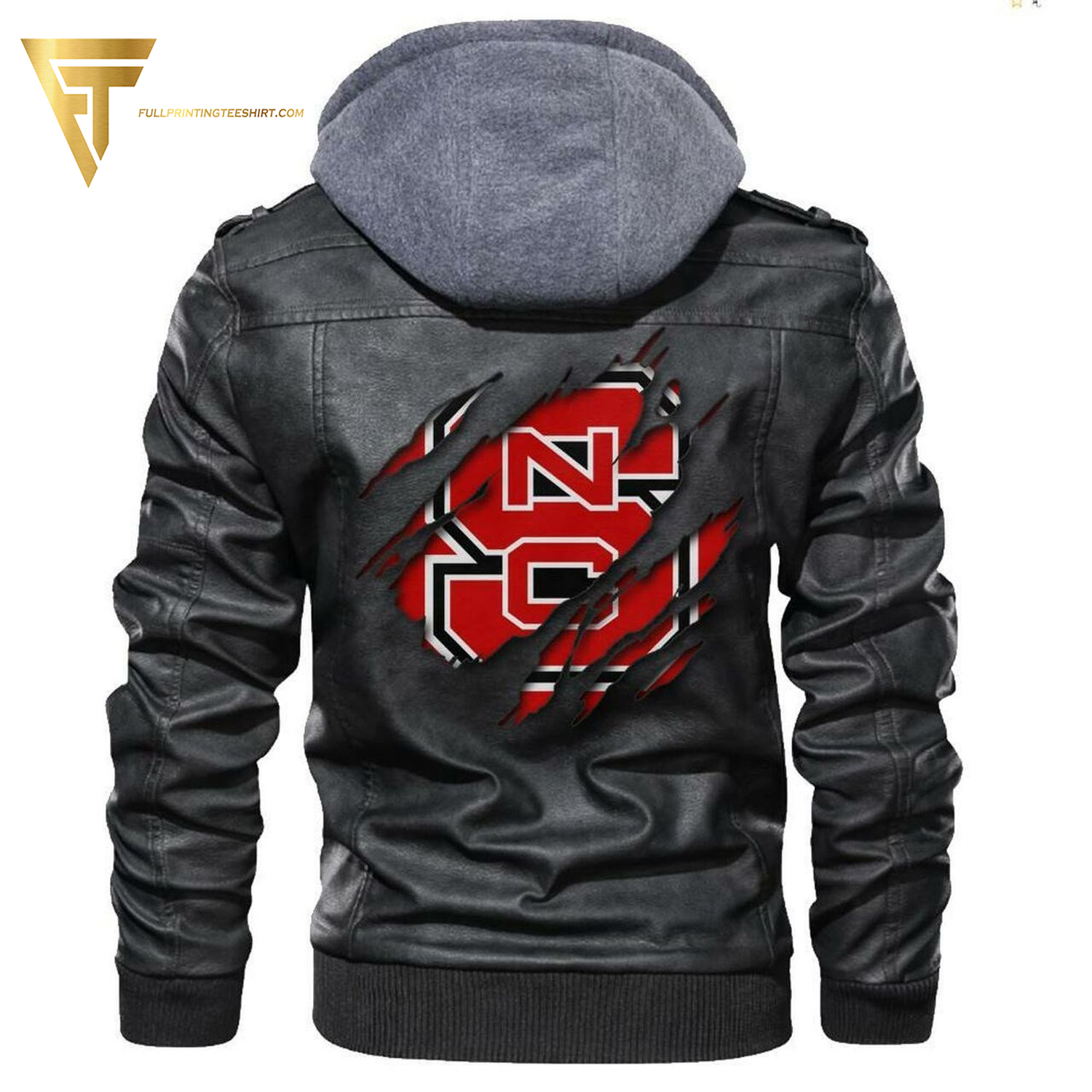
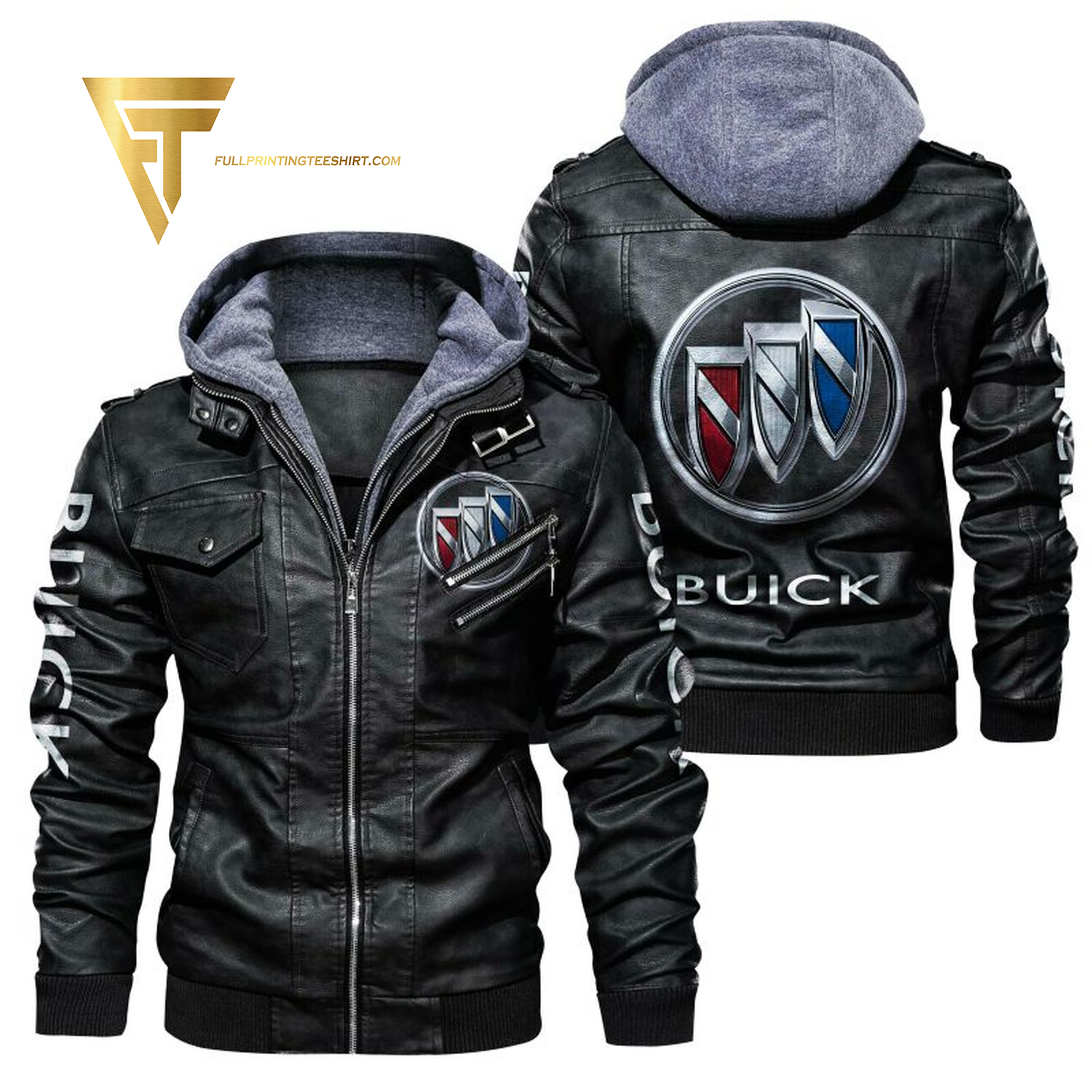
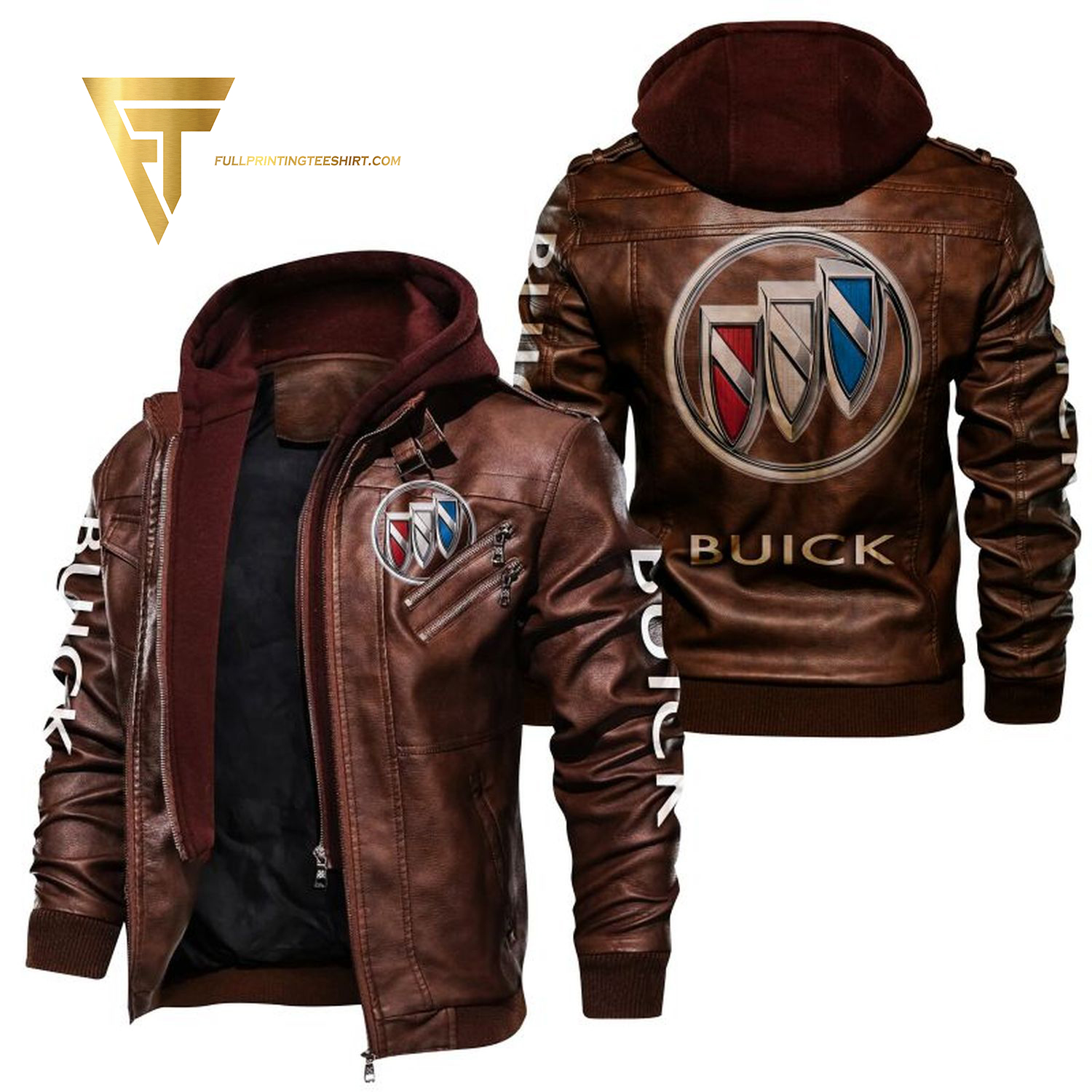
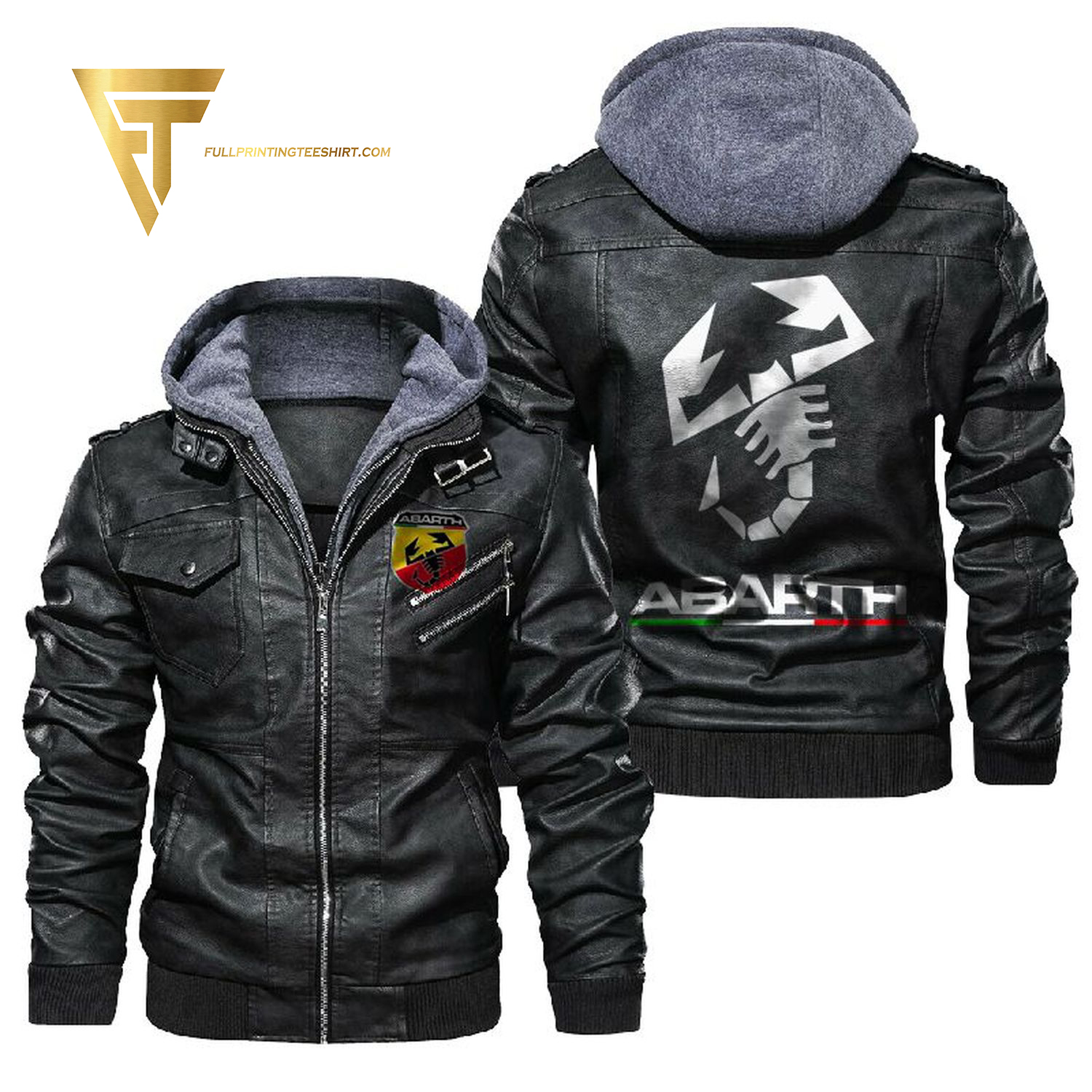
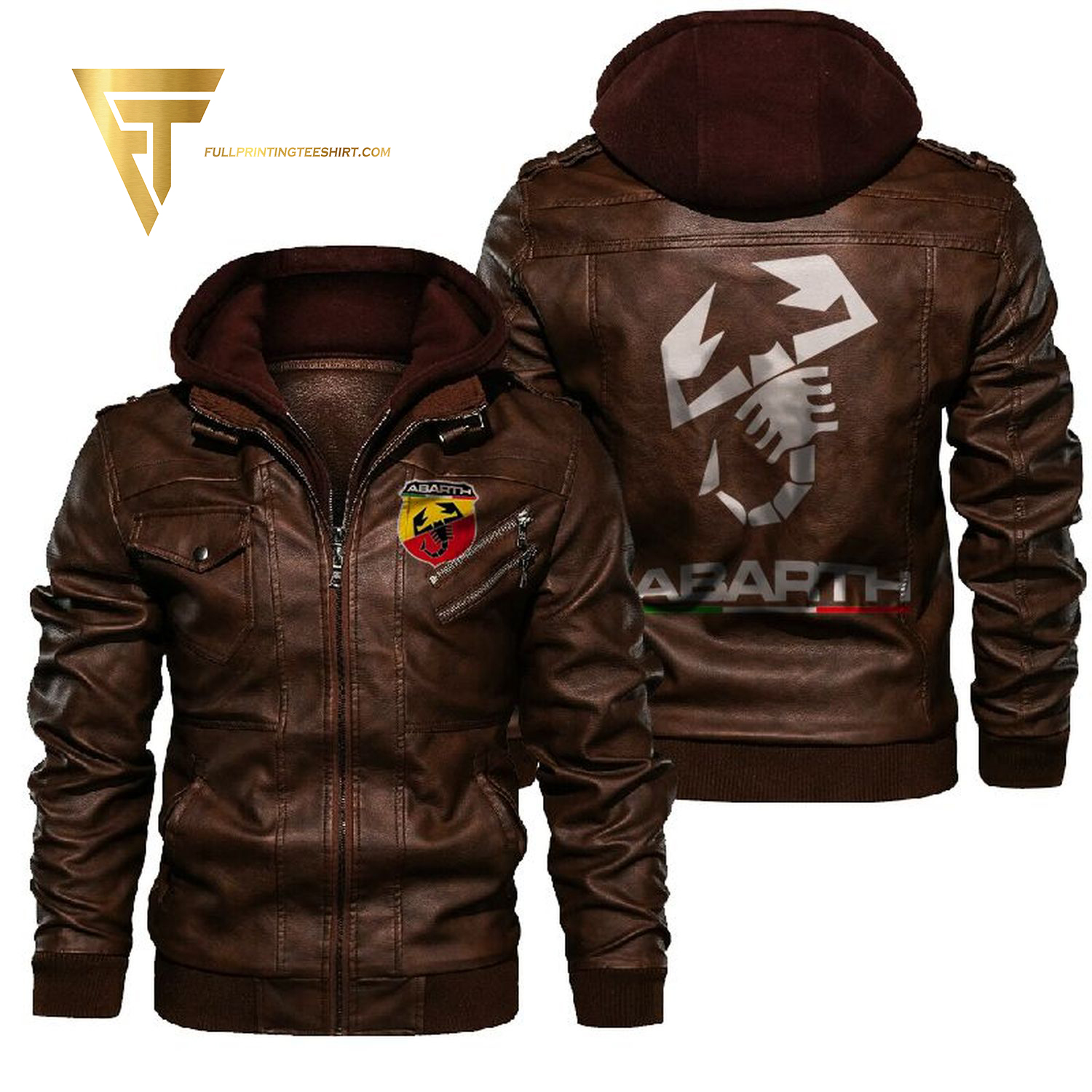
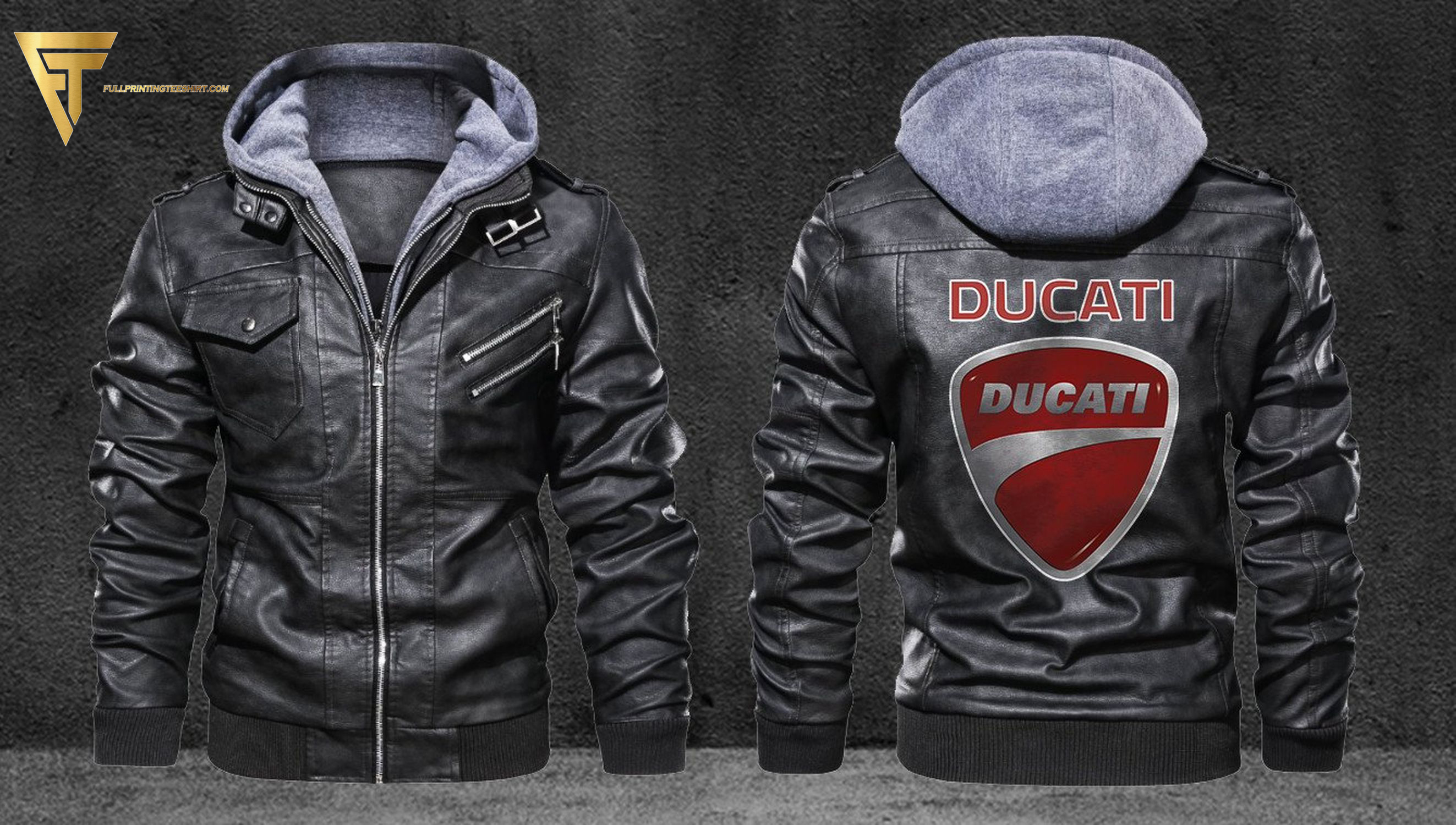
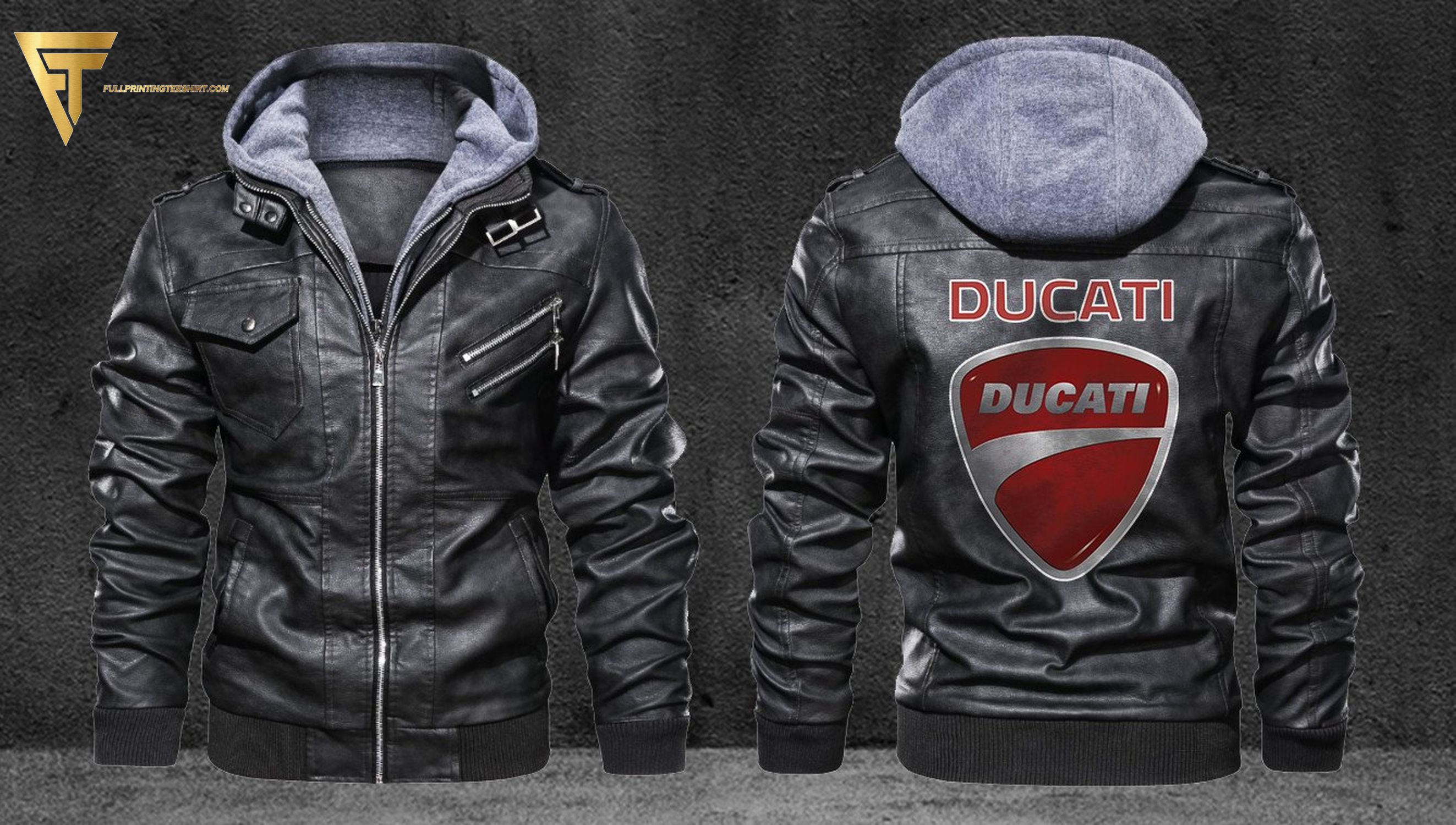
Reviews
There are no reviews yet.